Collecting flower seeds is not only economical, it can also be a fun and interesting activity. Learning about when to harvest, how to get the seeds out of the seed head, and what the seeds actually look like are all part of the harvesting process. Learn how to harvest flower seeds from the garden, and have a whole new gardening experience.
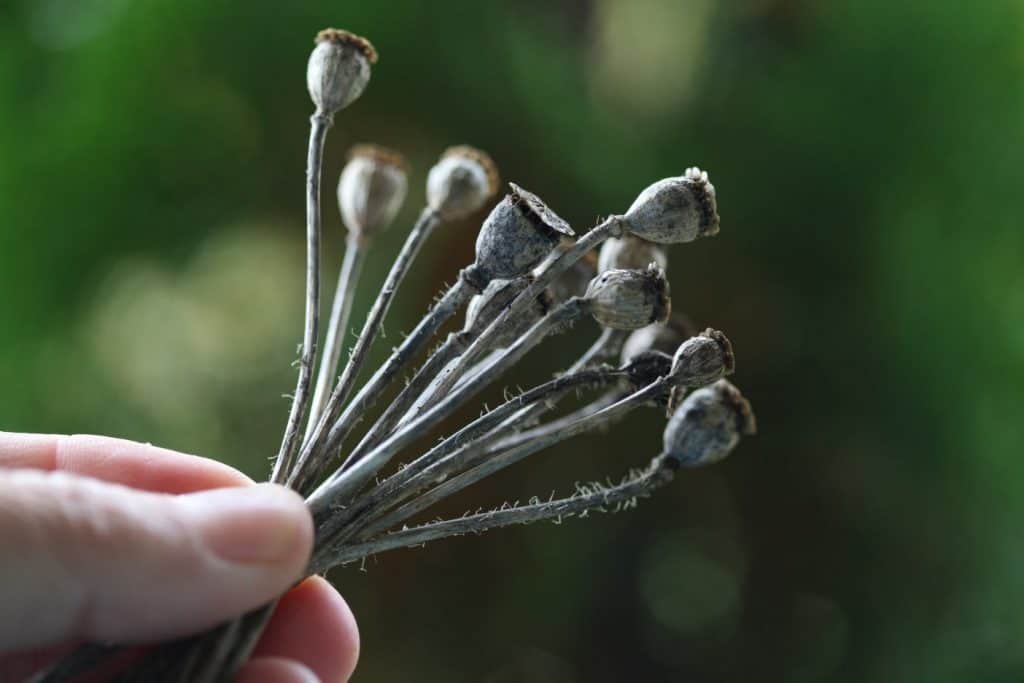
Several years ago when we first started the flower farm, it was so exciting to plan, order seeds from seed catalogs, and receive the flower seeds that we planned to grow.
We didn't harvest flower seeds right away, until we figured out what would grow well in our garden.
Starting out, it's a whole new experience.
I didn't realize that there would be such a steep learning curve. Many flowers didn't survive. But many flourished.
I learned about the flowering plants that grew well in my area by trial and error, and then focused on them.
After several seasons I started harvesting garden seeds. And I never looked back.
It was incredible to observe the actual seeds from the different types of flowers. Many were very unique, and others very similar.
Some coveted seeds were few and far between, such as the Cafe Au Lait dahlia seeds, or those from pollenless sunflowers. Finding seeds in these flowers felt like finding a treasure from the garden.
Why Harvest Flower Seeds?
- Gathering seeds from your own garden over time will provide plants for your garden that are adapted to your own unique growing area.
- It is so rewarding to plant those seeds and see how they grow and adapt.
- It is also a very economical way of filling your garden with beautiful flowering plants for the next year and beyond.
- Free seeds are fabulous.
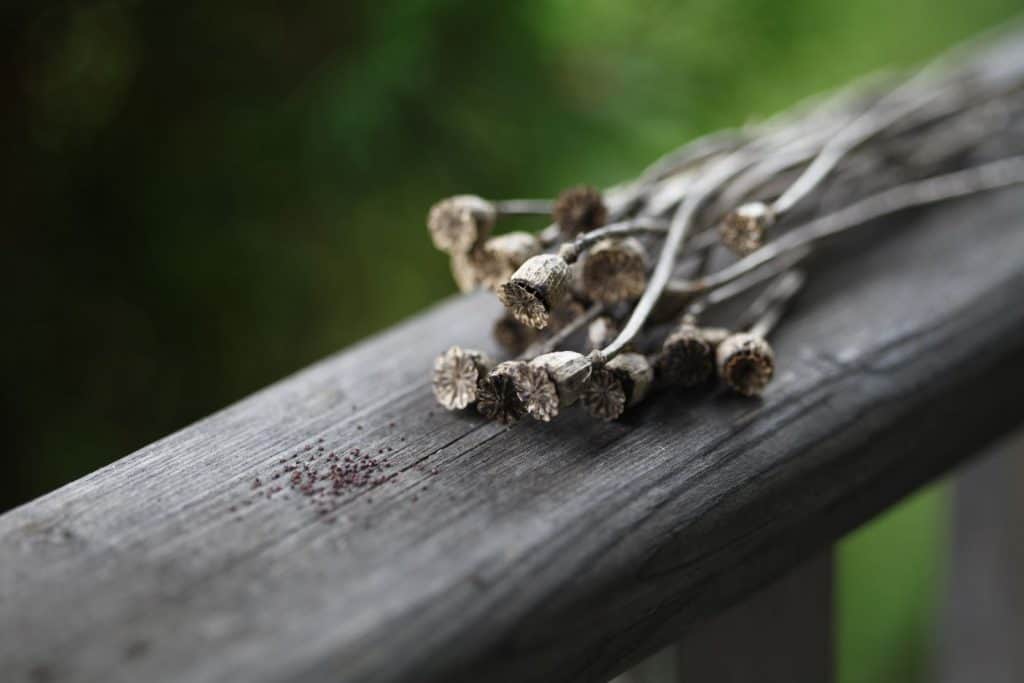
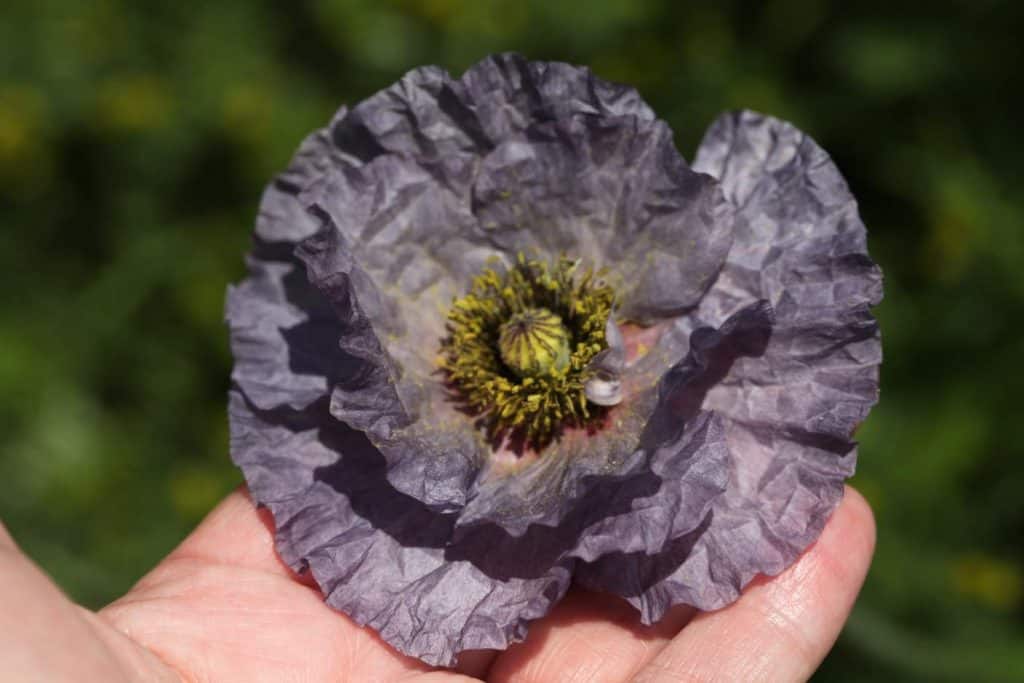
When To Harvest Flower Seeds
Knowing when to harvest flower seeds is very important for seed viability. It's important to harvest ripe seed.
If you harvest the seeds too early they may be immature, and immature seeds will not germinate. If you harvest them too late, they may have dropped onto the ground or dispersed into the wind.
So choosing the proper time is essential for a good seed harvest. The best way to do this is to learn about each plant that you intend to harvest seeds from, to know the optimal time to harvest for that plant.
When Are Seeds Ready To Harvest?
It's important to allow flower seed pods to mature on the plant to get viable seed. This applies to all flowers that you intend to harvest for seed.
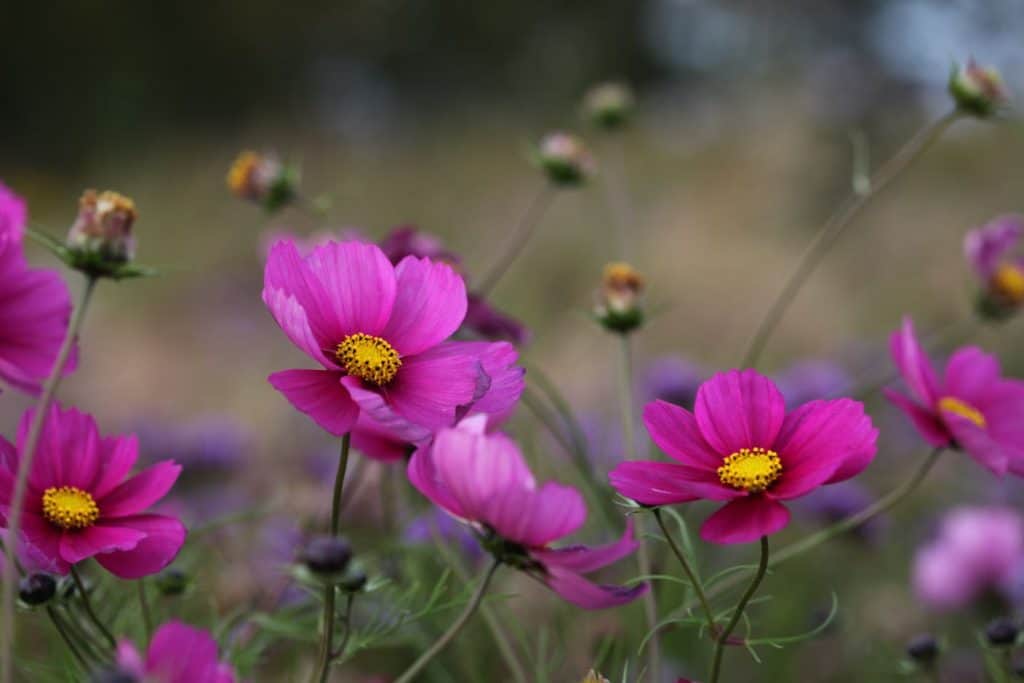
The time to harvest flower seeds will depend on the individual type of flower that you are harvesting. Essentially, the best time to harvest is when the seed heads are mature.
Many flower heads have unique characteristics that indicate maturity, so it's important to be aware of these signs when considering to harvest your flowers.
A good rule of thumb to indicate maturity is when the seed heads or seed pods have started to become dry and brown, and start to open. It's important to know when to harvest them, before they disperse their seed to the wind, which is a possibility for many flower pods.
Know the plant from which you intend to collect the seed, as each can be a little different when mature. For example, some daylily seed pods can still be shades of green at harvest time. If the daylily seed pod can pop open when squeezed, the seeds are ready for harvesting.
Not all flower pods will be brown at maturity, and some may release seeds before they turn brown.
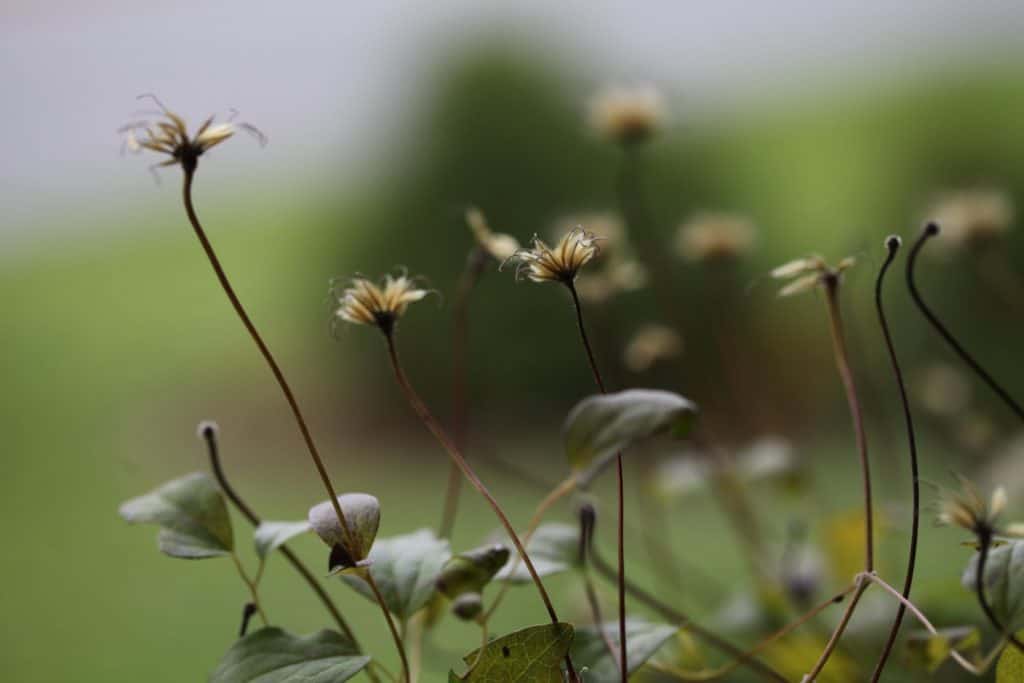
Harvest In Dry Conditions
It's important to harvest flower seeds on a dry day to prevent moulding.
If it has been raining, I generally wait until the rain has stopped and the flower seed heads or pods have had a chance to dry out before they are harvested.
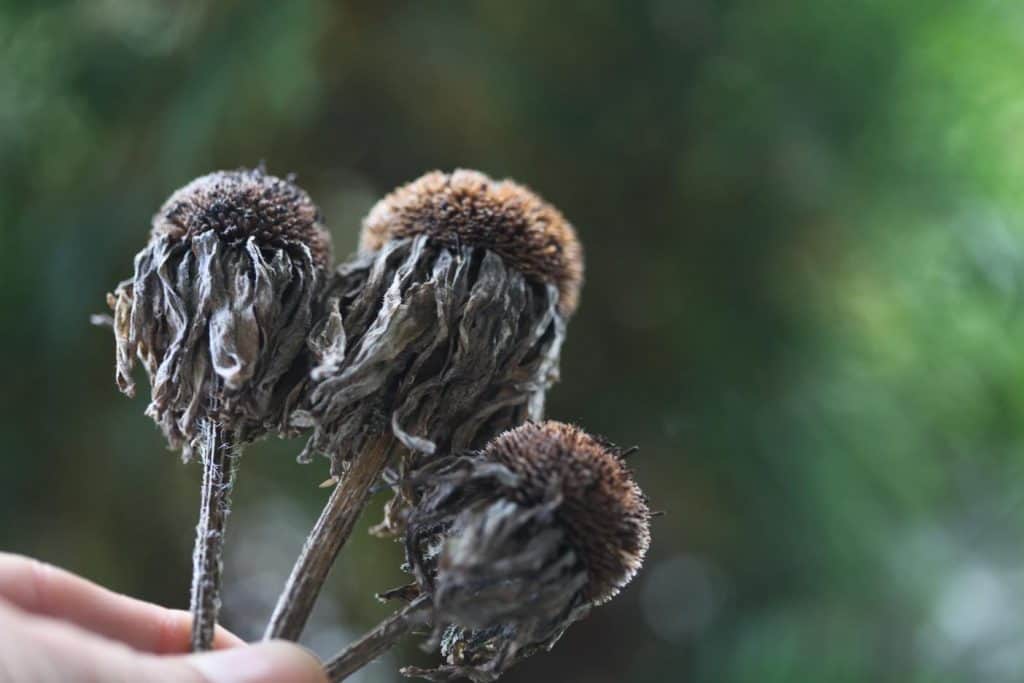
How Do You Get Seeds From Flowers?
To collect the seeds from flowers, you will need to collect the seed pods or seed heads of the flowers at maturity. When the seed pods are mature, the seeds will often start to fall from the pod on their own, with a bit of assistance from the elements.
A strong wind or even a slight fall breeze is enough to carry some seeds away. Others may just fall onto the ground close to the parent plant. And then others are released with some force, tossing their seeds quite a distance away.
As the seed collector, it important to know just when to collect, and to save some precious seeds from your intended flower before they are released.
Where Are The Seeds In A Flower?
The seeds in a flower are located in the seed pod or seed head of the spent bloom. The seeds form in the ovary of the flower if it has been fertilized, and will continue to develop to maturity on the plant if all goes well.
Some flowers will have seed pods full of ripe seeds. Others will present with an aging spent flower bloom, in which you will find the seeds deep inside.
The type of flowering plant will determine how the seeds will be encased. It's interesting to learn these characteristics about the flowers growing in our gardens, especially if we are planning to save seed.
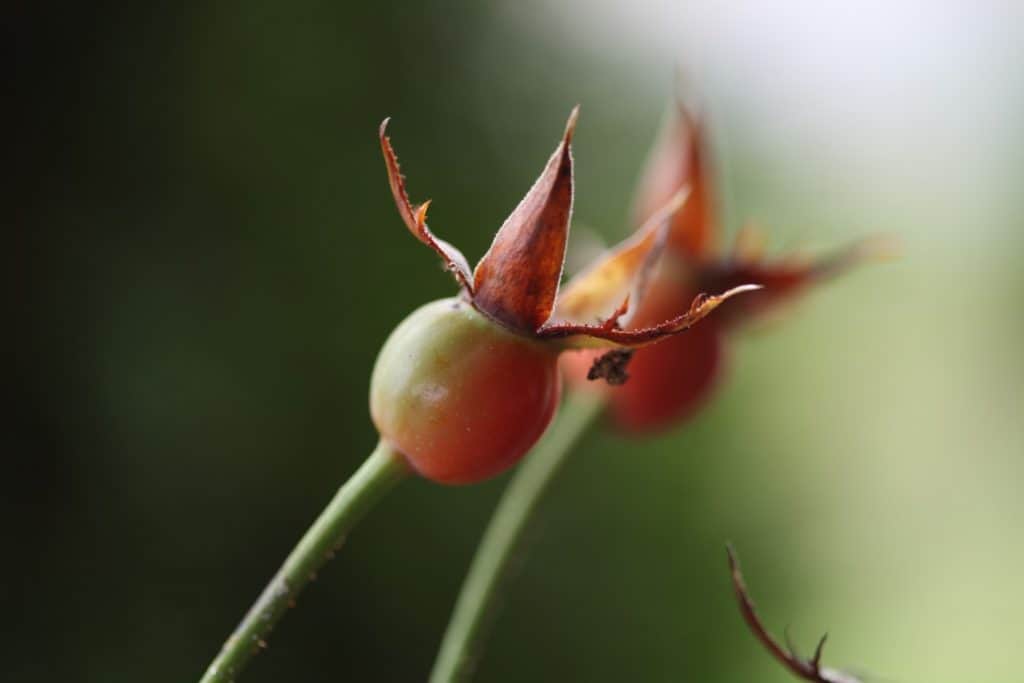
What Do Flower Seeds Look Like?
- Flower seeds come from many different types of plants, and the type of seed can be as varied as the plants themselves.
- The seeds can vary in sizes and shapes, and are not a reflection on the size of the flower to be. For example, the massive flowering spikes of foxglove come from the tiniest of pinpoint sized seeds.
- Some flower seeds are colourful, and some are just plain. Don't let this fool you. The plain seeds can become beauties.
- Some seeds are attached to structures which allow them to become airborne and adrift on the breeze.
- Others have little spiky plant parts which somehow aid them in settling into their new planting location.
- Some flower seeds have a very hard seed coat to protect them from the icy cold winter. These seed coats require a special treatment called stratification to further break them down for successful germination.
- It can sometimes be difficult to figure out the difference between the seed of the plant and the chaff. With further investigation, you can always figure it out.
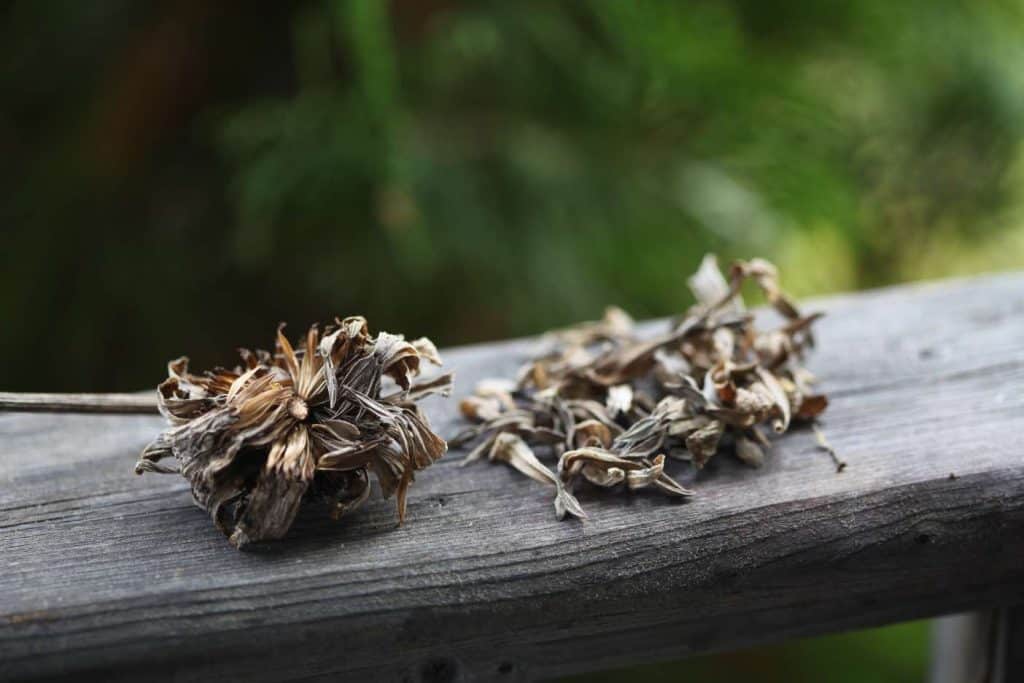
Can You Get Seeds from Cut Flowers?
Many people ask if they can harvest seed from cut flowers, such as with cut sunflowers. This is not likely unless your cut flowers were cut at a later stage from the garden. Most cut flowers harvested for the vase are cut at a time before they start dropping any pollen, and before they are pollinated. Therefore in cut flowers, seeds do not have an opportunity to develop once the flower stem is separated from the root system.
Seed Harvesting Methods
Seed harvesting methods will be dependent on the type of flowers that you are harvesting seed from.
Depending on the types of seeds collected, you may need more than one container for your seeds.
For example, when collecting seed pods from my hybridized daylilies, each seed pod gets it's own individual bag. However when collecting and harvesting zinnia seeds, all the seed heads from one specific variety will all be placed in the same container.
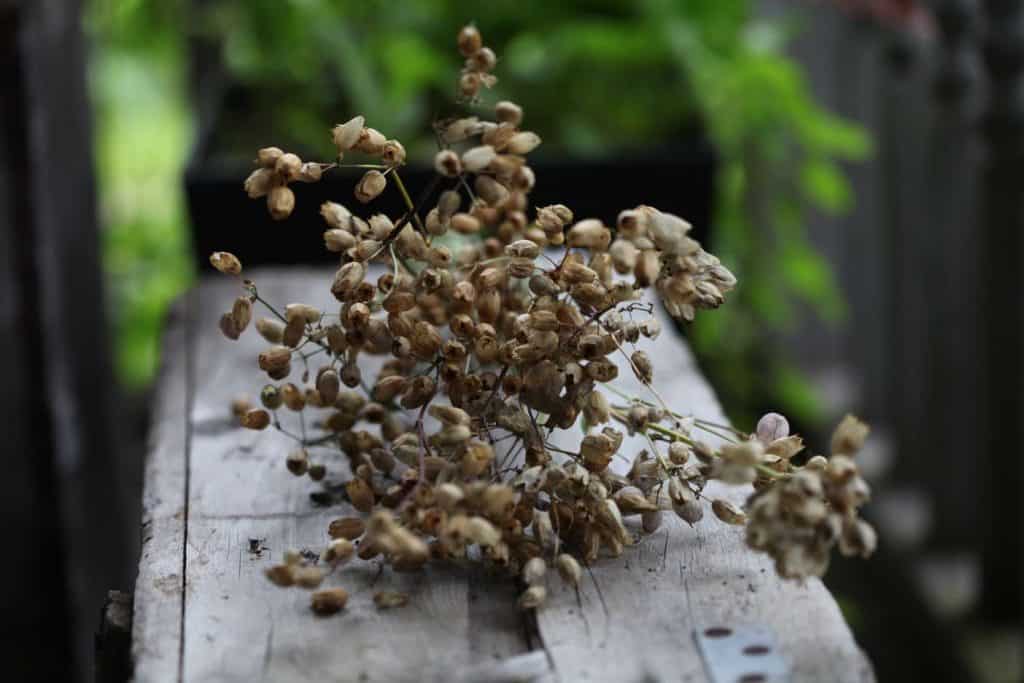
How Do You Collect Seeds?
The process of collecting seeds can be simple and fun. The important thing is to make it enjoyable.
- Use what you have on hand, and whatever works best for you.
- One thing to keep in mind, is that when you are out in the garden on a breezy day, anything lightweight can tend to blow over. If I am collecting seeds into bags, I will generally have a larger heavier bag to keep the lighter bags in.
- Some gardeners collect their seeds in brown paper bags, and these certainly are a good option. You can record the seed variety and harvest date right on the bag.
- For best results, avoid plastic bags when you harvest flower seeds, or if you do use them, ensure there is good air circulation. Using plastic bags for seed collection can cause retention of moisture, and can lead to moulding.
- I like to use the bottom trays from my seed starting trays, as they are the perfect size in which to collect flower heads and stems. These trays tend to be light however, and sometimes require a weight on a breezy day.
- Whenever I use trays or bowls to collect the flower heads, I always make sure to stick a sticky note inside indicating the flower harvested and date. The flowers are sometimes difficult to identify later on if they are not labeled.
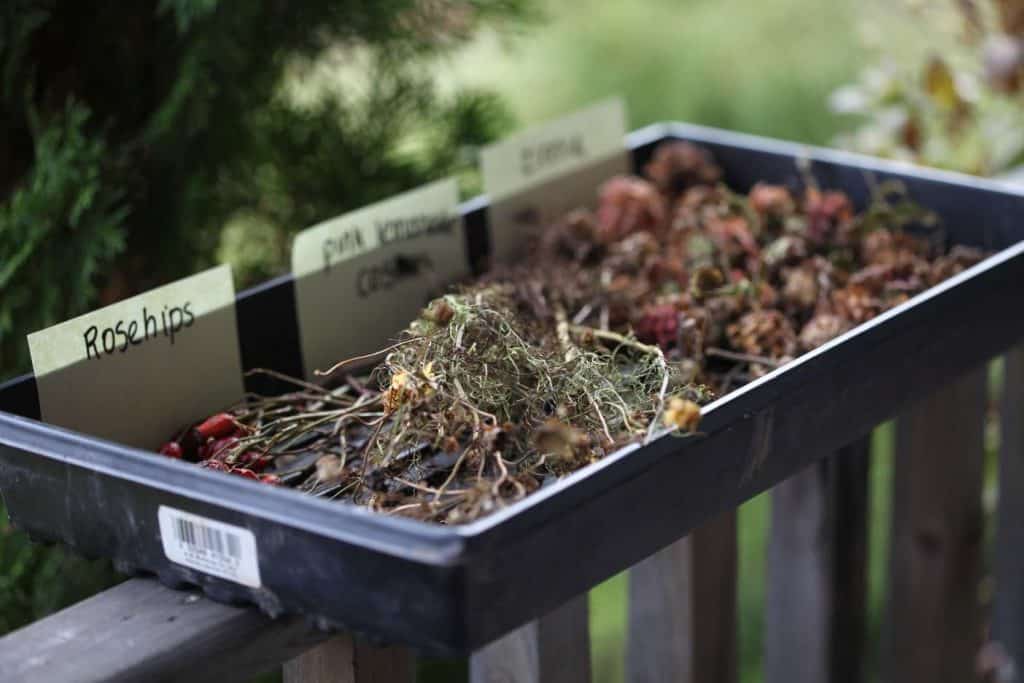
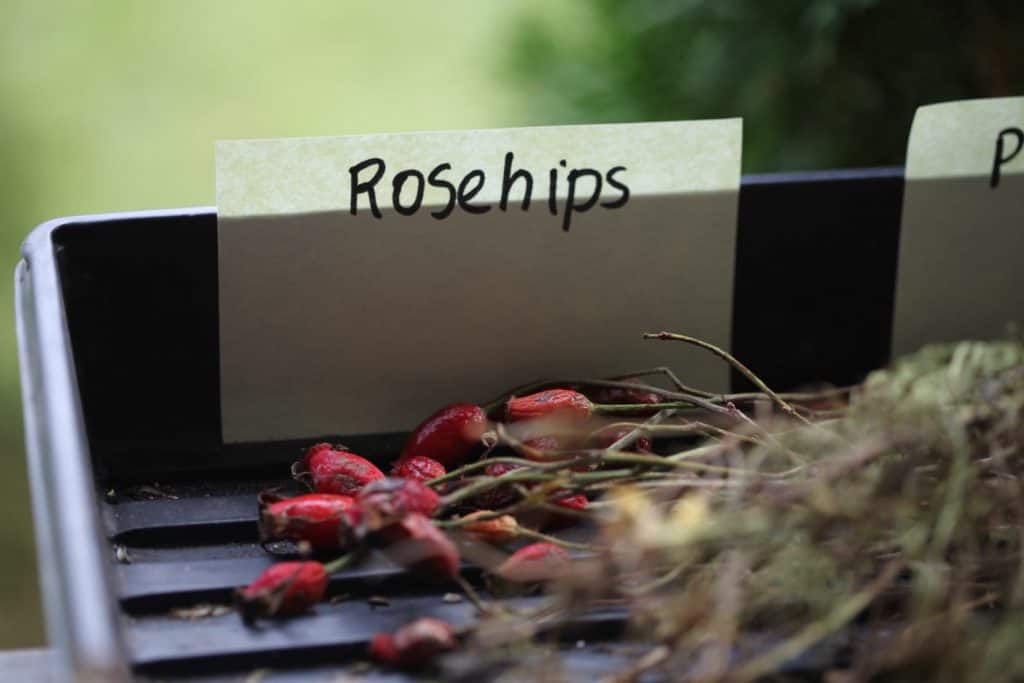
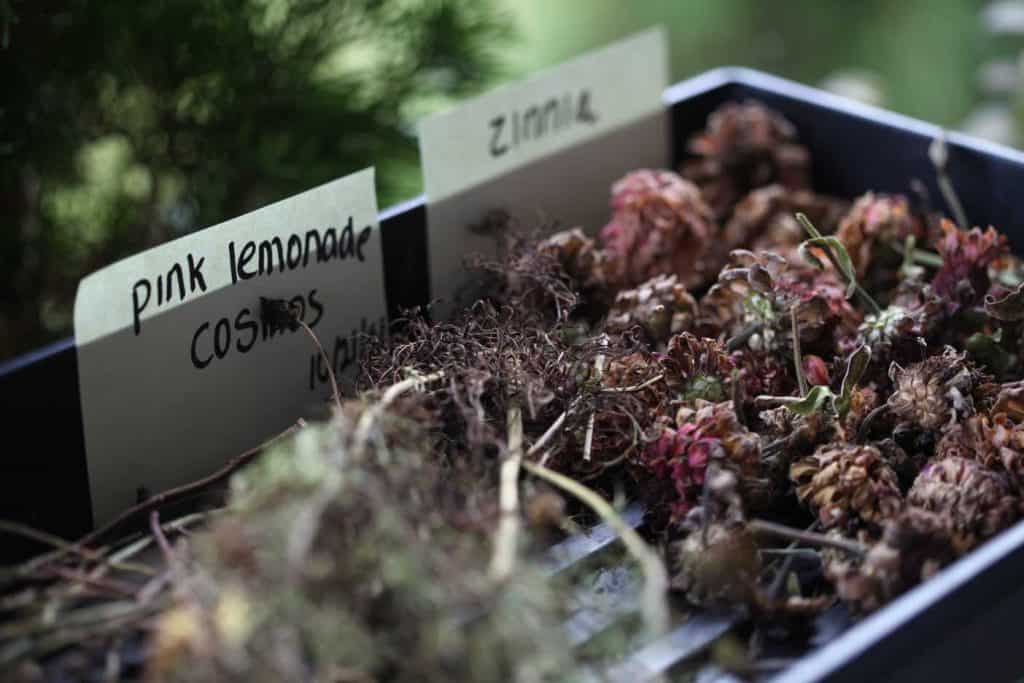
Tools For Harvesting
- a pair of garden shears or sharp scissors
- a container for each variety of seed
- a marker and notepad to record seed variety and date
- brown paper bag (s )-optional
- small elastics for milkweed seeds
Method For Harvesting Flower Seeds
- Harvest on a dry day when the flower seeds are mature.
- The first step is to take your containers, clippers, notepad and marker out into the garden.
- Decide on the flower seeds to be harvested.
- If you are gathering many from one plant, sometimes it's easier to cut the stems with the pods and seed heads attached, and place them stem and all into your containers.
- Label the contents of each container individually, with the name of the plant. It's important to identify the variety of flower so that you can identify your seed correctly.
- I harvest the flower seed pods and flower heads, then bring them inside to dry even further. It can be some time before I can get back to them to extract the seeds, so I make sure that they are placed in a warm dry place until they can be processed.
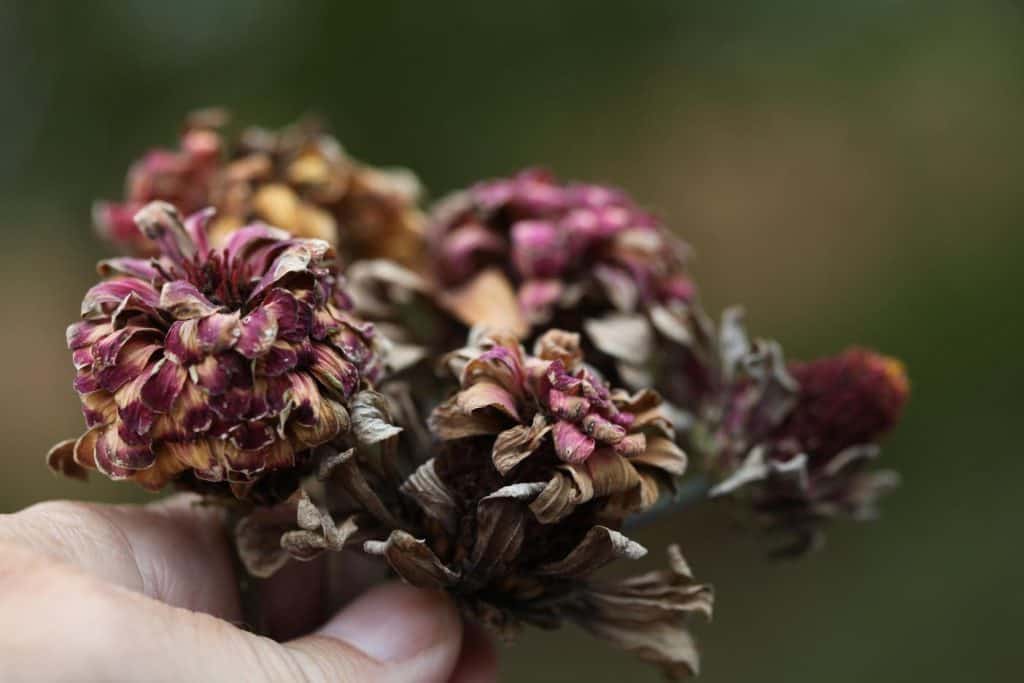
Processing and Storing The Harvested Flower Seeds
Removing the seeds from the chaff can be a timely process, and methods used are dependent on the type of flower seeds that you are processing.
There are special devices that can be used to separate the seeds from the chaff, and it's a good idea if you are doing this on a large scale. For the home gardener however, it can be as simple as breaking open the seed head onto a plate, and sorting through the contents manually.
I like to use a pair of tweezers to pull out small seeds and separate the seeds away from the roughage and chaff. I place the chaff on paper towels, and the seeds on a clean plate. This way I have clean seeds to dry and store.
After the seeds are processed and removed from the chaff, they are dried for a day, then stored in paper bags or seed envelopes. You can also store the seeds in mason jars. Storing dry seeds helps to prevent the development of mould.
Store seeds in an airtight container in a dry dark place and cool place, until they are ready to be planted.
The exception to dry storage are those seeds which will require stratification for proper germination. These seeds can be stored in the fridge, and at some point will most likely need a moist stratification treatment.
What Flowers Can You Collect Seeds From?
You can collect seeds from any flowers, whether they are annual flowers or perennials, and grow them in your garden.
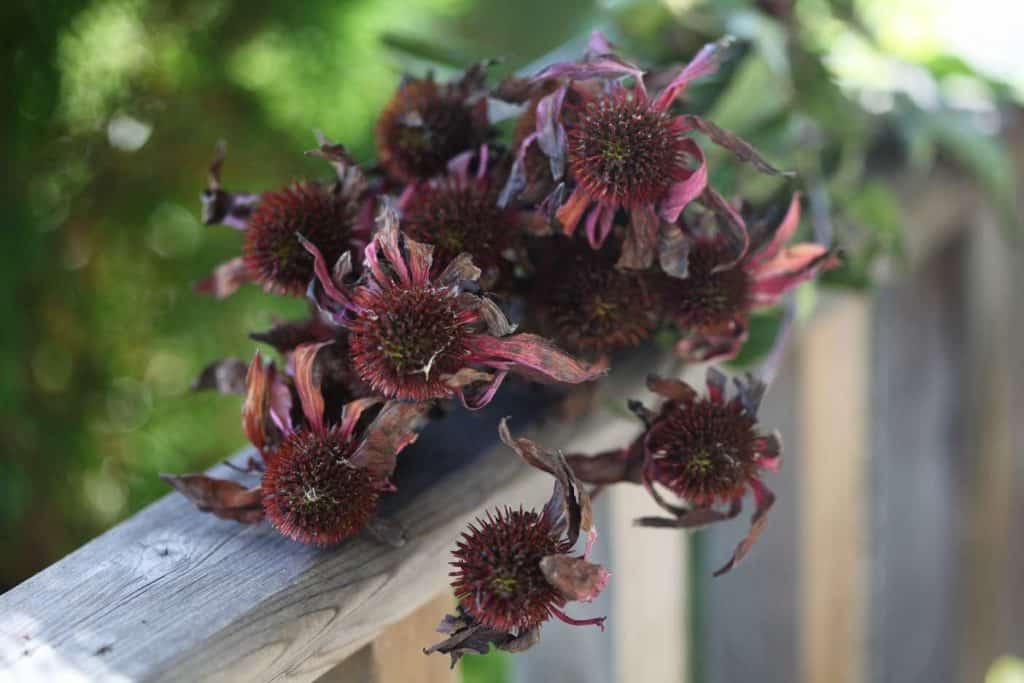
I love gathering annual flower seeds, as these plants will not return to the garden the following year unless they are replanted again. Saving the seeds is a great way to have these plants for next spring and ongoing, as long as the seeds are saved.
If the seeds are hybrids seeds however, they will not grow true to the parent plant. They can still be beautiful, and I save them anyway, as I love hybrid seeds.
Be sure not to collect and sell seeds from patented flowers however. There are some hybrids which fall under this category.
Most often your seeds will be cross pollinated, unless you have done the hybridizing yourself. Bees and other pollinators can do an amazing job at spreading pollen around, and are essential for a successful flower seed crop.
Some plants in your garden may be hybrids, and the seeds collected from these plants will not be true to the parent. Other plants will be open pollinated, and generally stable enough over time to produce offspring similar to the parent plant.
Both open pollinated and hybrid plants are great to collect seeds from.
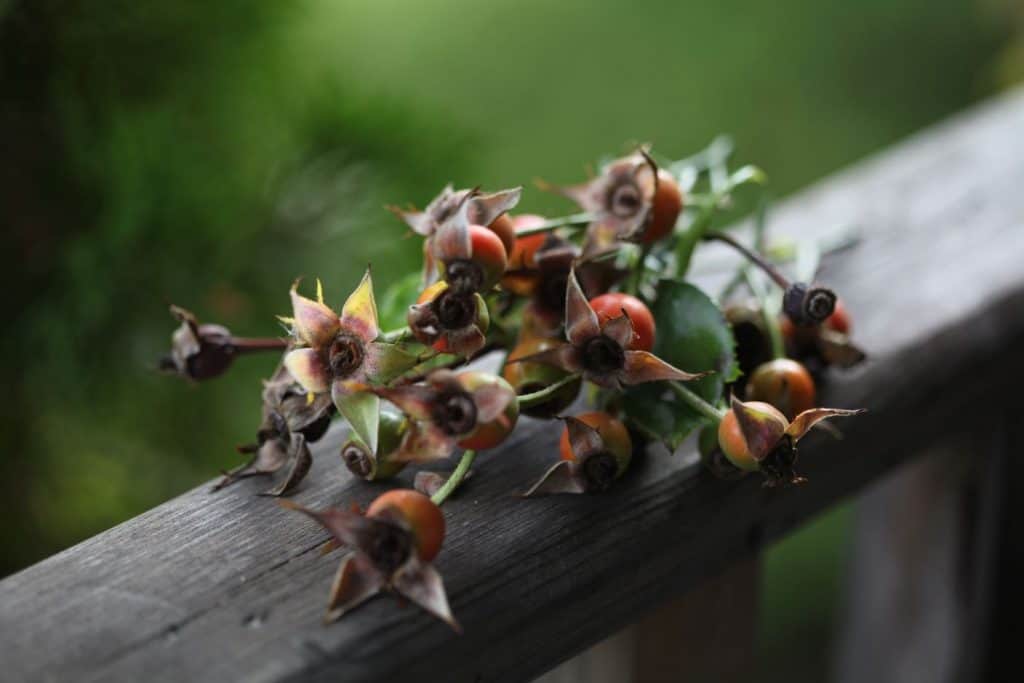
Examples Of Flower Seeds Harvested From The Garden
Here are examples of different varieties of flower seeds harvested from our garden this season, and examples of great plants for seed savers.
These seeds will all be stored away until early spring, when we will start them indoors to give them a head start on the growing season.
1. Zinnia Seeds
Saving Zinnia seeds is so easy, and the flower heads are often full of seed.
Zinnias are one of my favorite plants in the flower garden, and the seeds of zinnias are some of the easiest seeds to collect.
They are best harvested when they are completely dried. The seeds can be found at the base of the petals, as well as inside the flowerhead, and are easily removed.
The seeds are often shaped like arrowheads, especially those found attached to the petals. Zinnia seeds are brownish in colour.
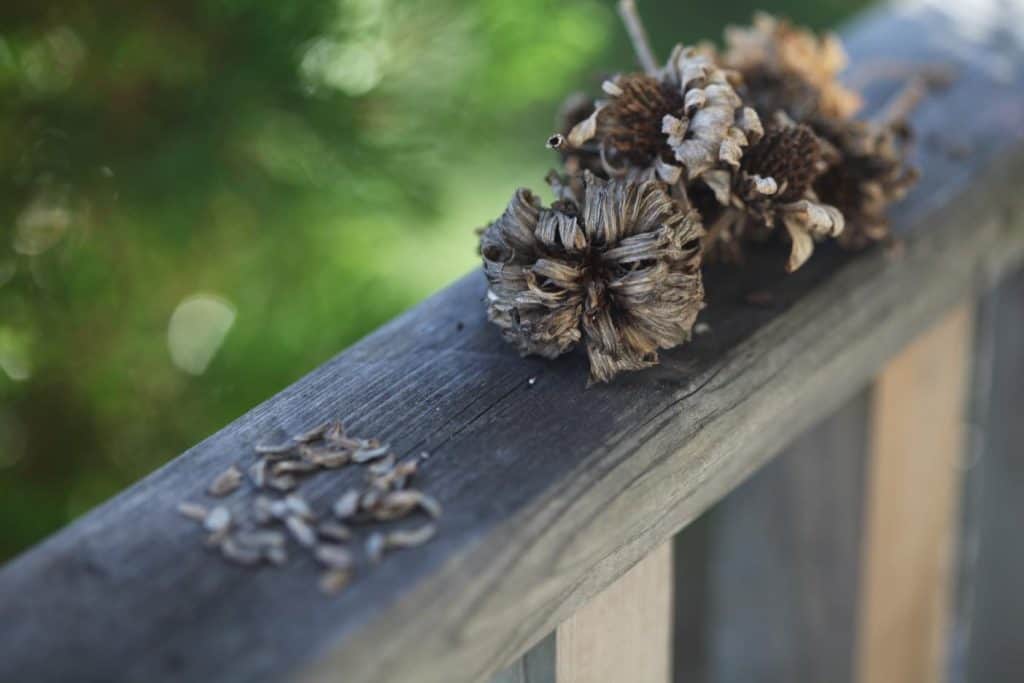
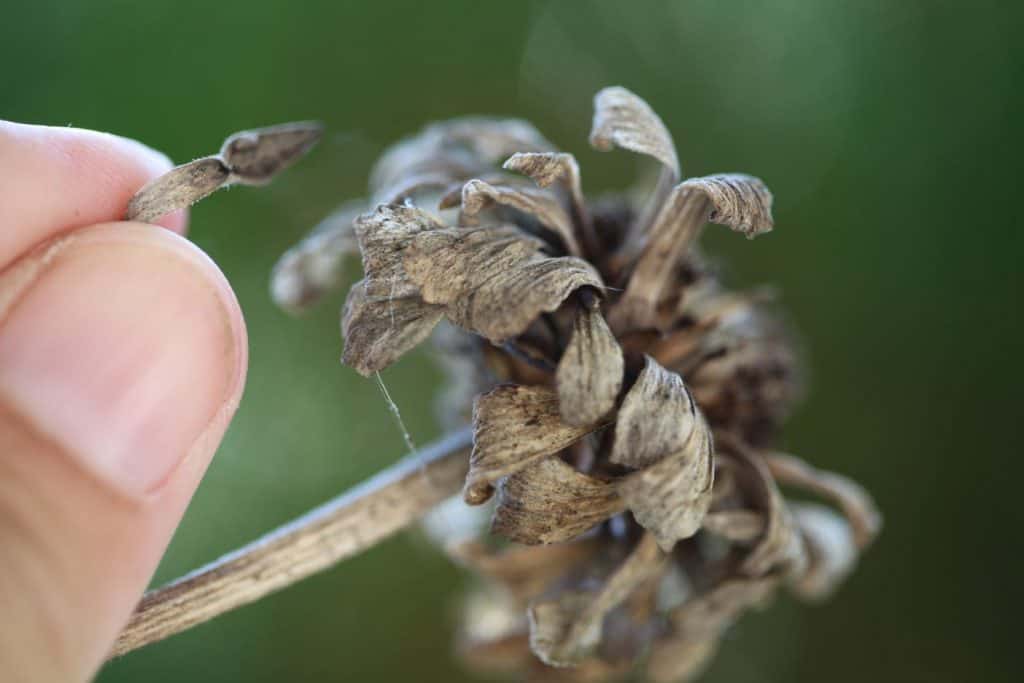
2. Cosmos Seeds
Cosmos continues to bloom throughout the growing season, and will bloom late into the fall. It is common to see new blooms as well as seedheads maturing on the same stem at the same time.
When the seeds are mature, they easily drop to the ground from the dry seedhead. Cosmos seeds are easy to harvest and save.
The seeds of Cosmos are elongated and brownish in colour.
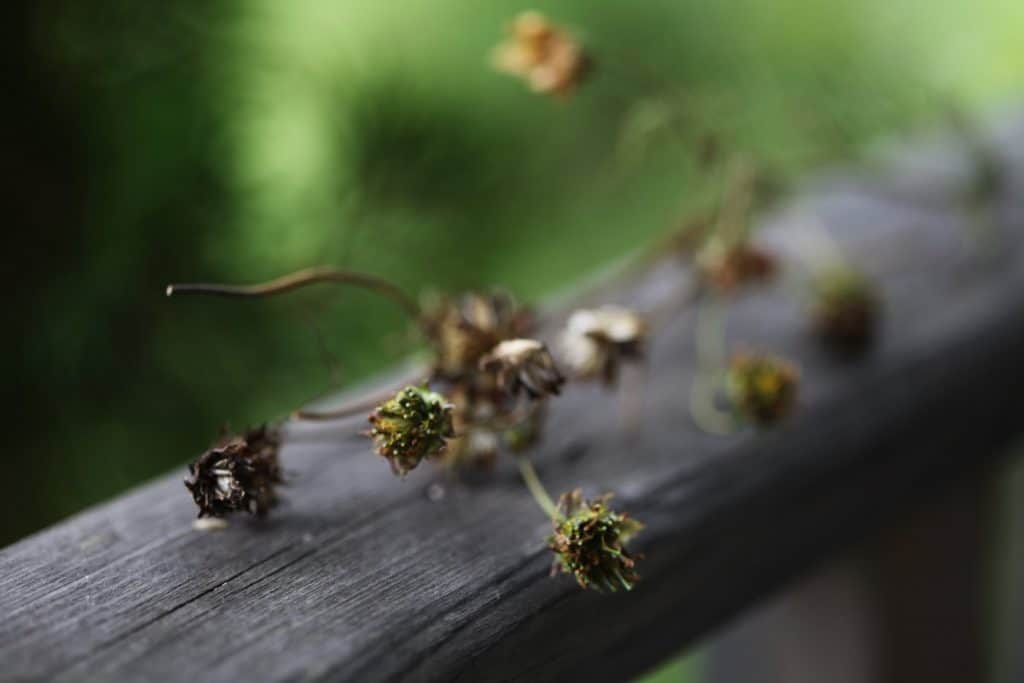
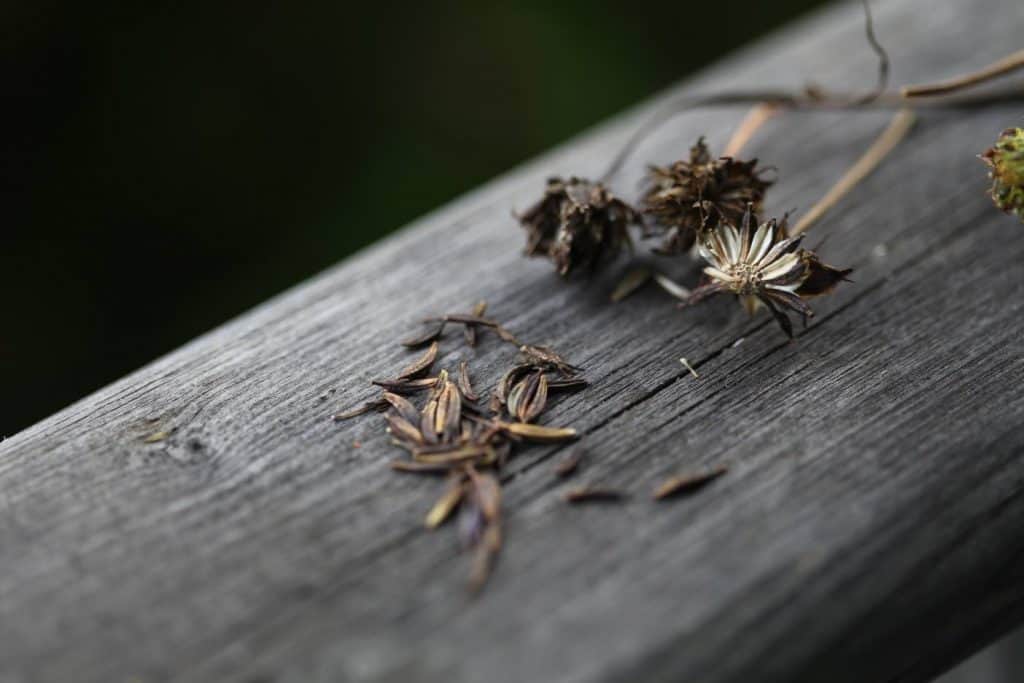
3. Globe Amaranth Seeds
Globe Amaranth maintain their colourful blooms, even when they are dried out at harvest.
The flower heads elongate, and the seeds readily fall from the dried flower heads at maturity. The seeds are encased in a structure with winglike parts, that can be pulled back to reveal the seed inside.
The seeds are easy to collect and harvest, and are abundant.
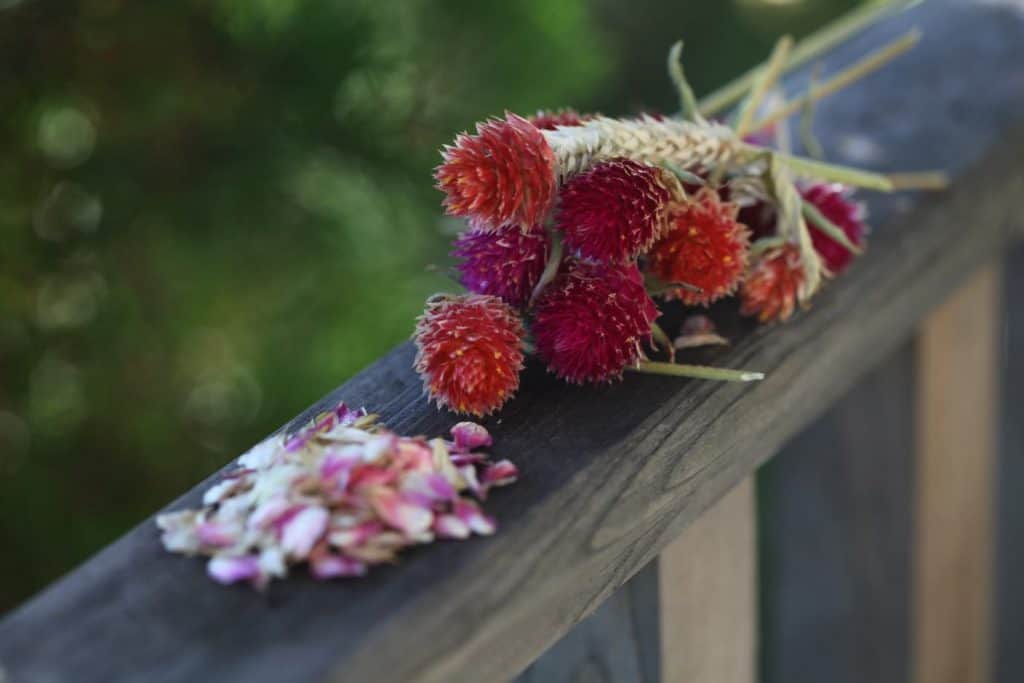
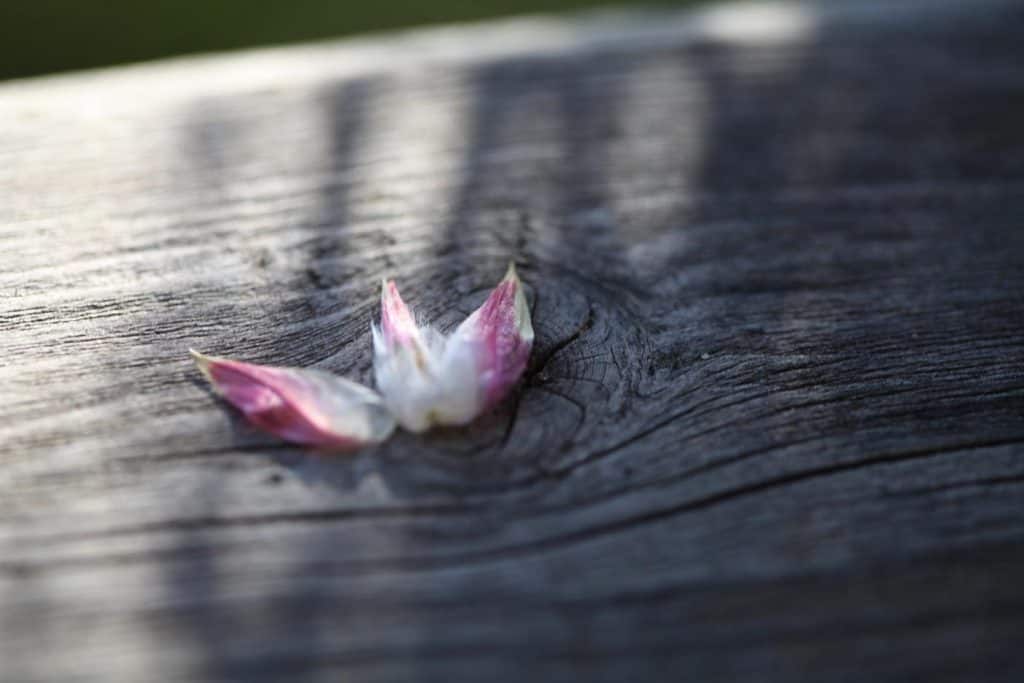
4. Milkweed Seeds
Harvesting Milkweed seeds is a fun and easy activity.
The key to an easy harvest is catching the seeds at just the right time, before they burst open. One helpful hint is to place an elastic around the maturing milkweed pod, preventing the seeds from dispersing until you can get to them.
Milkweed seeds are round shaped and flat, and brown coloured at maturity.
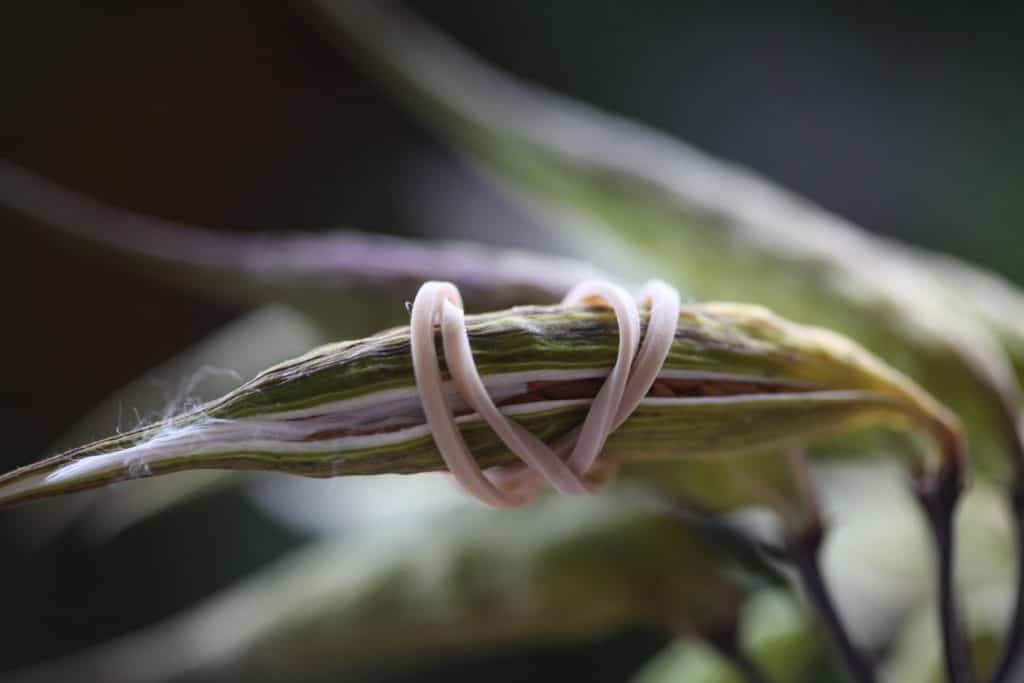
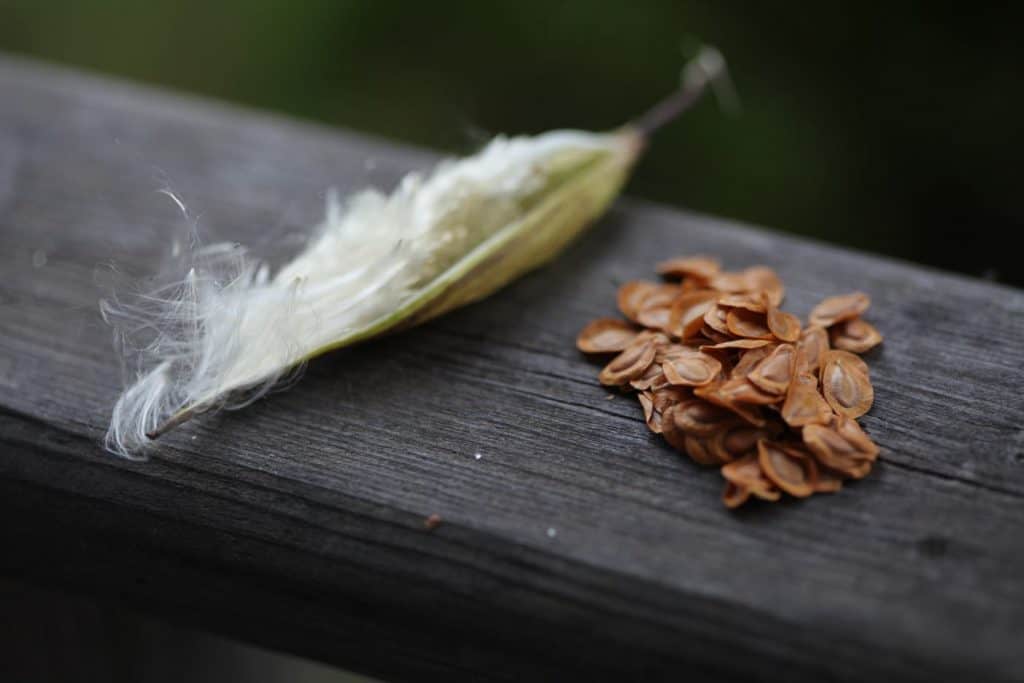
5. Sunflower Seeds
Sunflower seeds are easy to harvest. Leave the flower head on the plant until the back has yellowed and the disc florets on the face of the flower easily fall off.
Once mature, cut the stem and allow the seedhead to dry further for a couple of weeks.
The seeds are easily removed from the head with some manipulation, and will fall out with a bit of effort into a container to catch them. Viable seeds should be firm to the touch.
Sunflower seeds make great gifts for the sunflower lover, and we will be sharing these beautiful seeds.
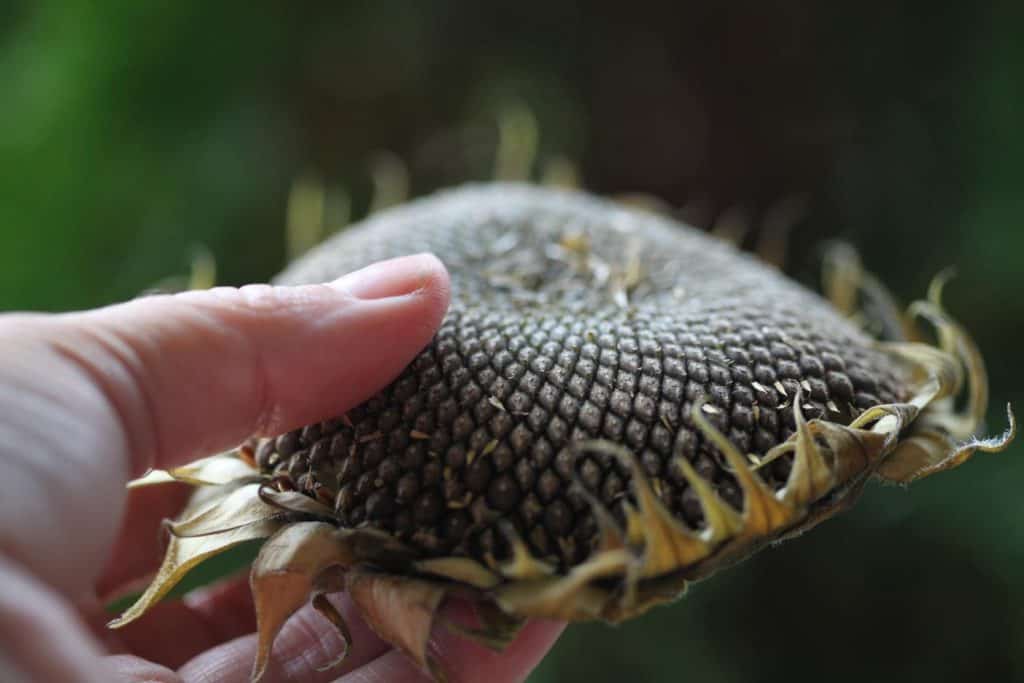
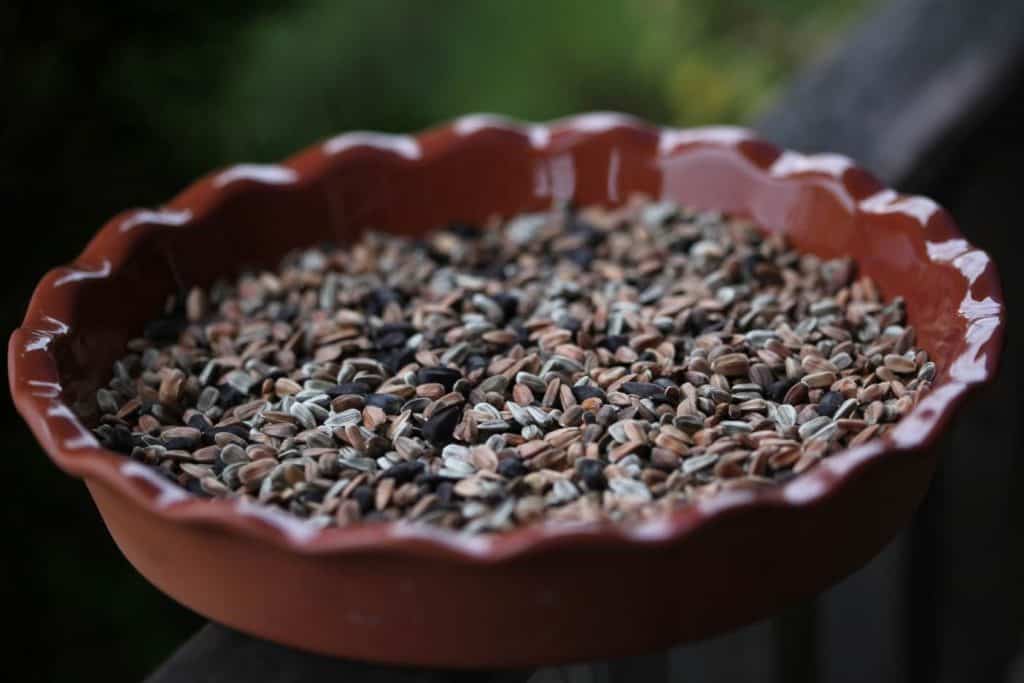
6. Celosia Seeds
Celosia seeds are very easy to harvest.
The tiny round black and shiny seeds form at the base of the flower as it matures, and are easy to spot.
Allow the celosia blooms to dry, then rub the flowers, and the chaff and seeds will fall into your container.
I generally hand pick the seeds out of the chaff with a pair of tweezers. It is time consuming, but works to separate the seeds.
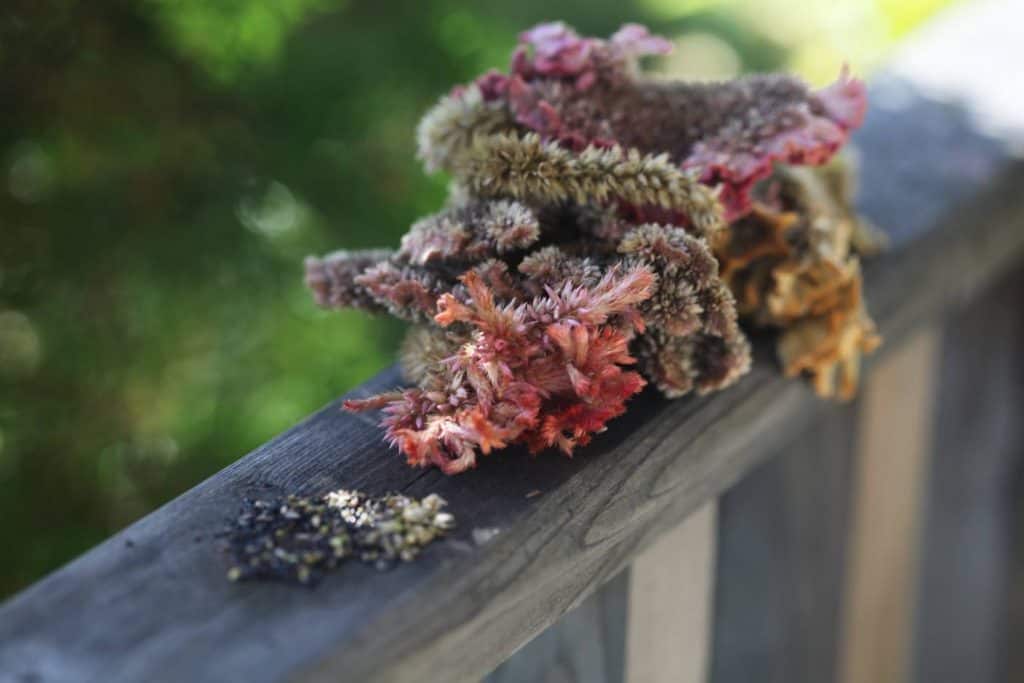
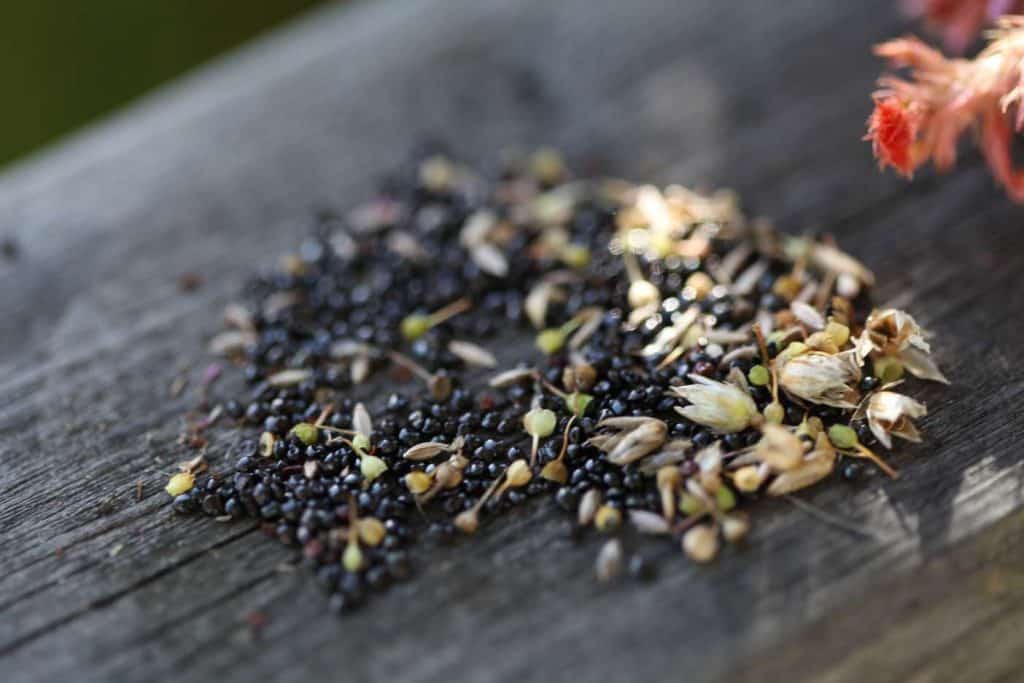
7. Dahlia Seeds
Dahlia seeds are fun to harvest, and finding them is like finding treasure.
Allow the seed pods to mature on the plant for six to eight weeks, then cut the stems and bring the pods inside.
I like to dry them out further in a glass of water for one to two weeks until the pods are completely dry.
Once the pods are ready, harvest the seeds. Dahlia seeds are somewhat arrow shaped, long and firm. The mature seeds are dark brown or black in colour.
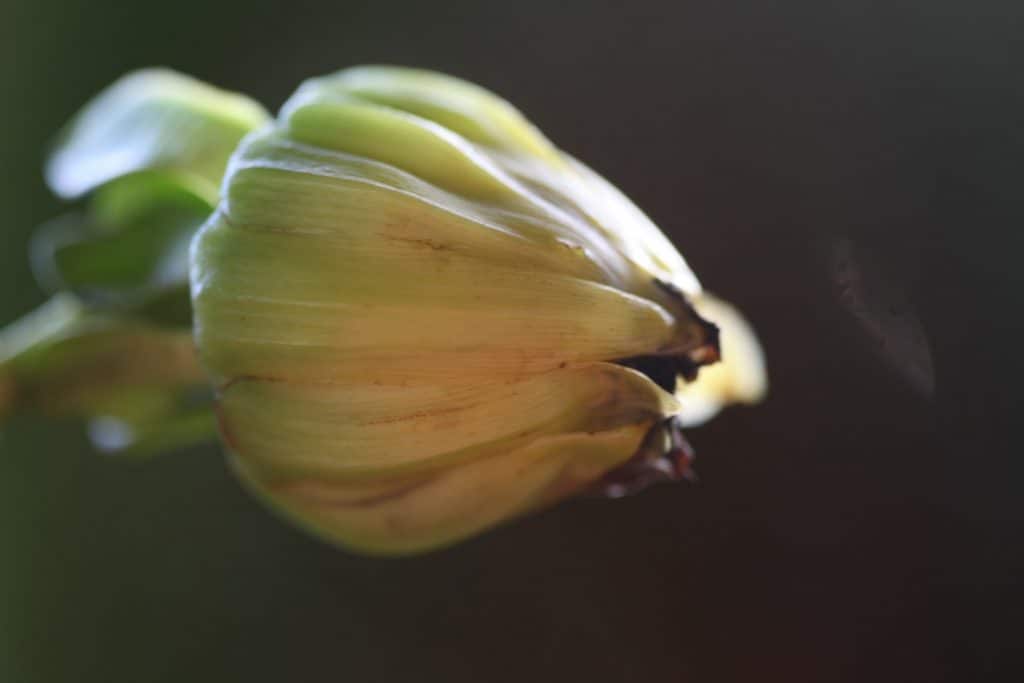
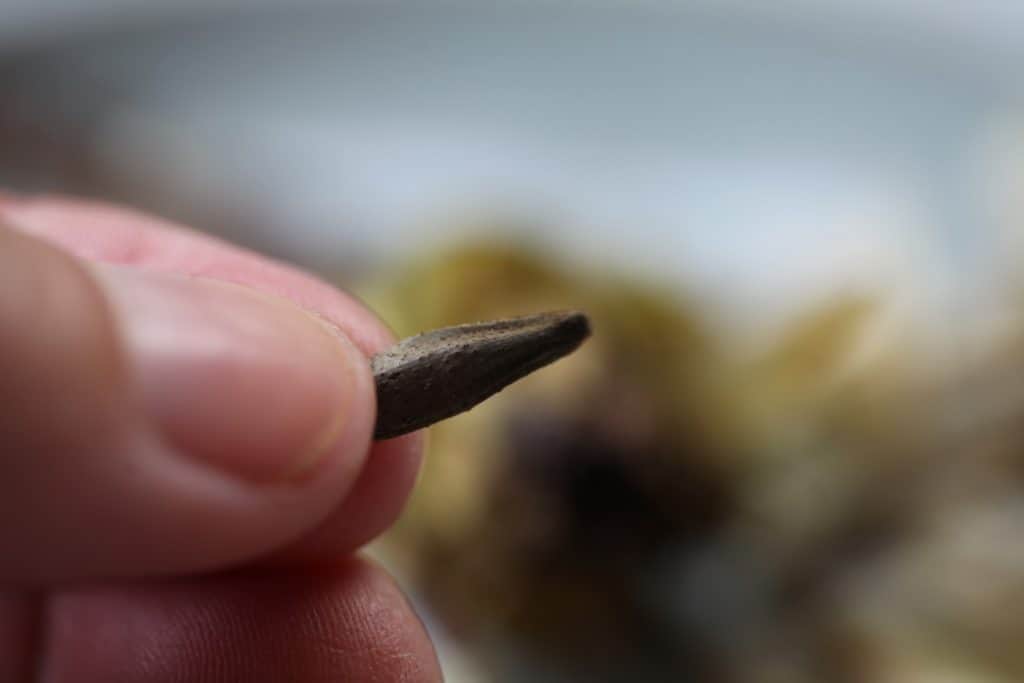
8. Statice Seeds
Collecting statice seeds can be a bit confusing, as the seeds are not easily pulled from the seedheads.
The dry flower heads can also be spiky and sharp to the touch, making seed extraction difficult.
Allow them to dry completely, then gently tap the dried heads on a firm surface. The seeds will fall out, and you can then collect them.
The seeds are elongated and brownish in colour.
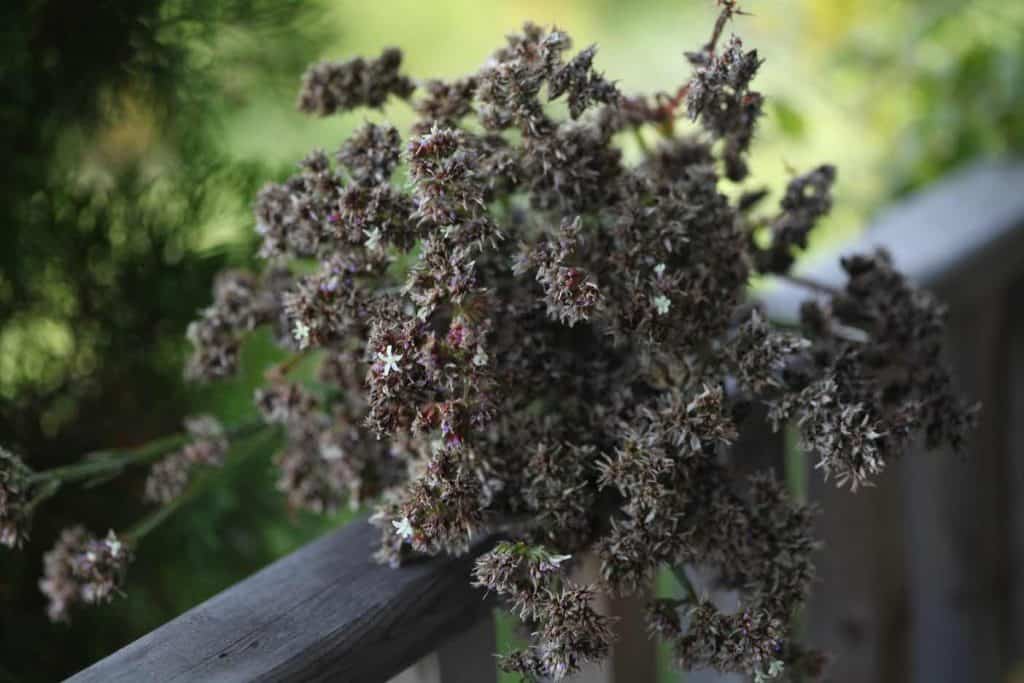
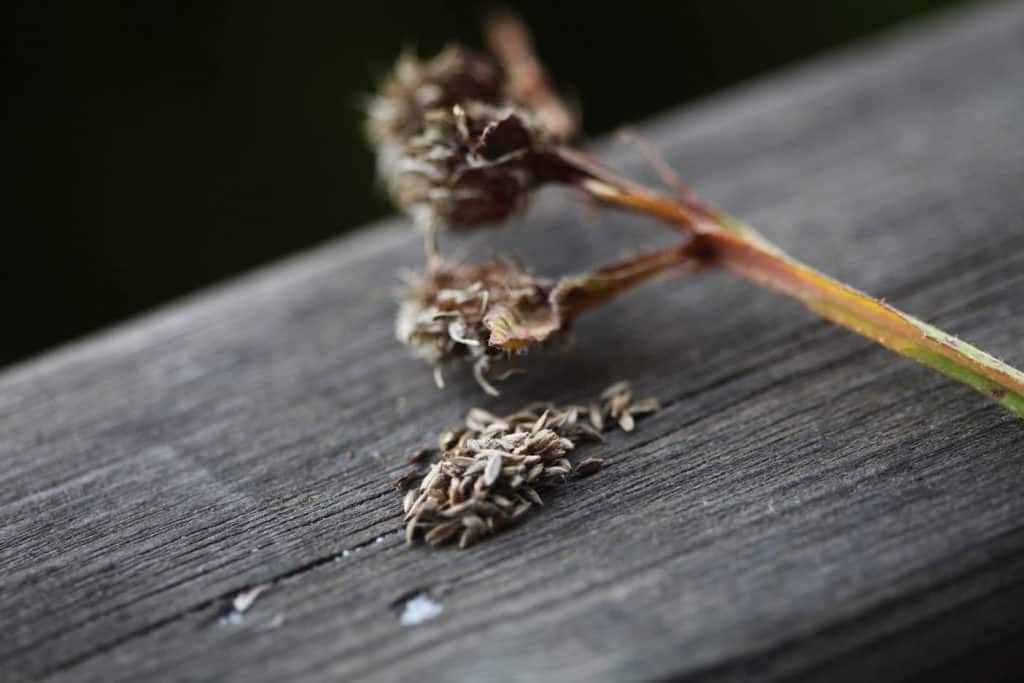
9. Amaranth Seeds
Allow Amaranth blooms to mature on the plant, then harvest when dry.
The seeds along with the chaff readily drop off the stem to allow for easy seed collection. Just rub the bloom over a container to collect the contents.
There is quite a bit of chaff that comes off the mature blooms, and there are a number of different techniques that can be used to screen and winnow the seeds if you are collecting a large number.
The Amaranth seeds are tiny round and slightly translucent, and are different shades of colour depending on the type and variety.
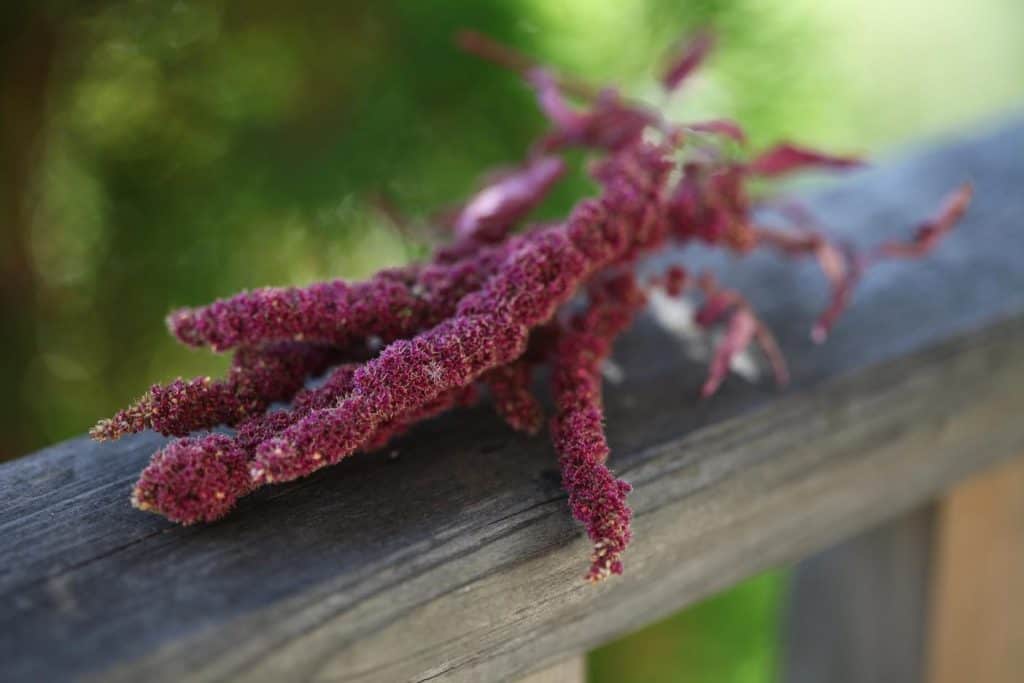
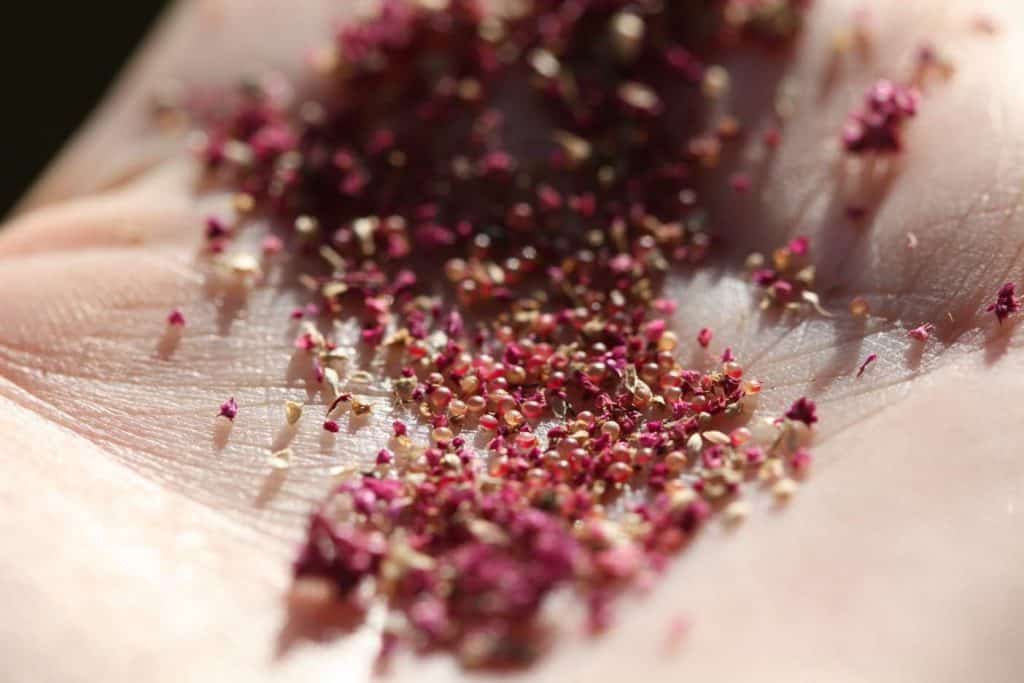
10. Rudbeckia Seeds
Wait to harvest your Rudbeckia or Black Eyed Susan flower seeds until the velvet like covering comes off of the seedhead.
When this occurs the seeds inside will be mature. Be careful when harvesting, as the seeds will spill out of the seedhead if turned upside down.
To collect, I often gently knock the seedhead onto a container, allowing the seeds to fall out. They will be mixed in with lots of chaff, and some chaff may look like the seed at first.
If you look closely you will be able to differentiate the seed from the chaff. The seeds are tiny brown and slim, and firm to the touch. I separate them from the chaff manually with a pair of tweezers, which works well.
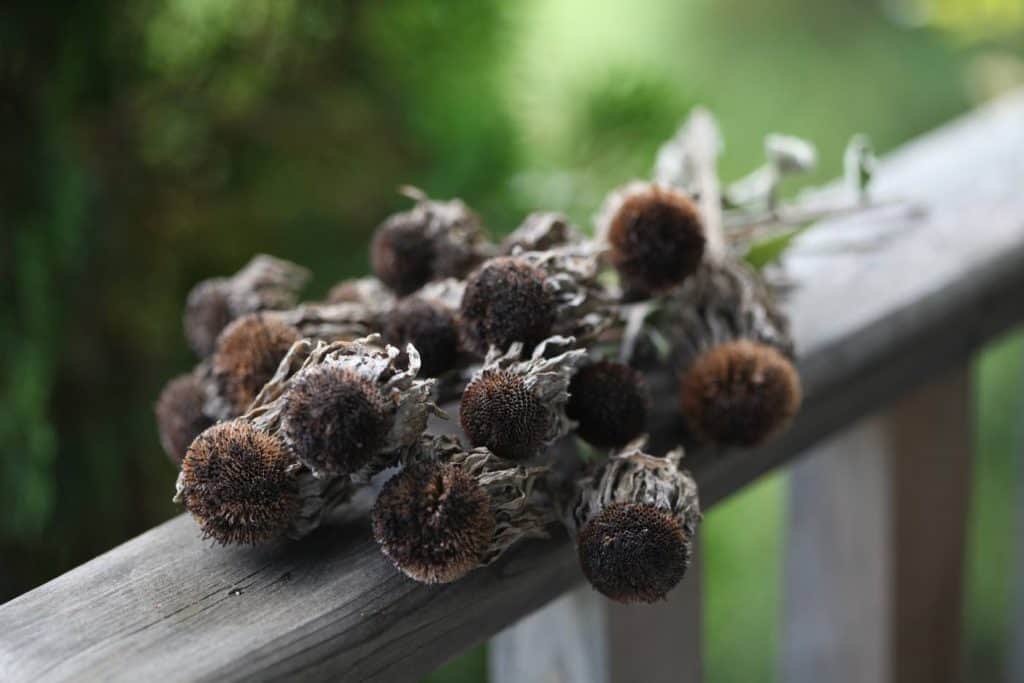
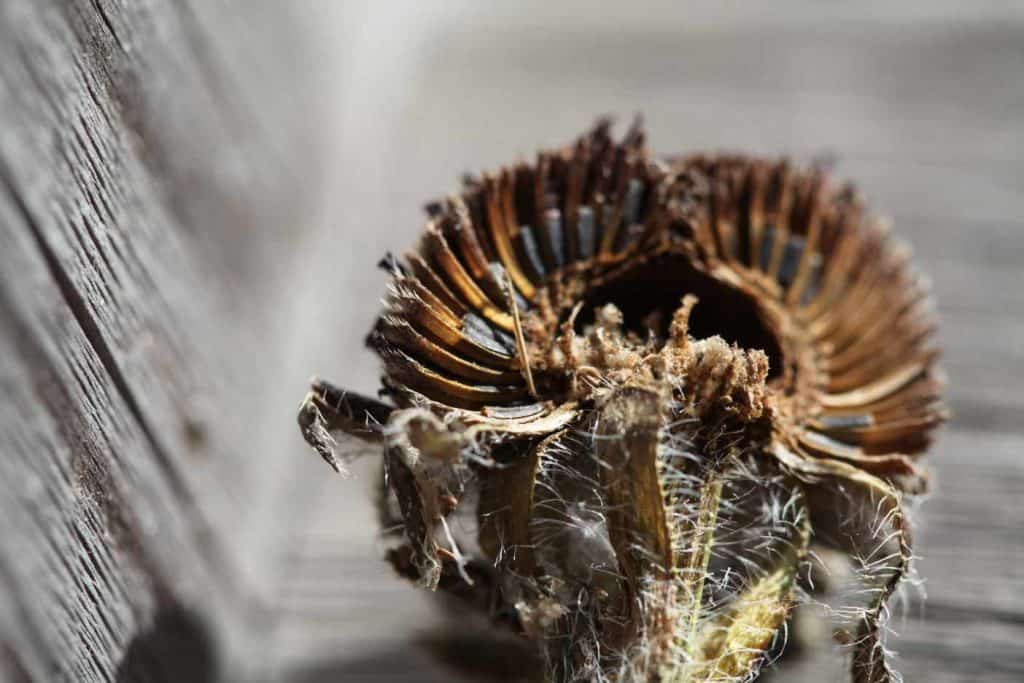
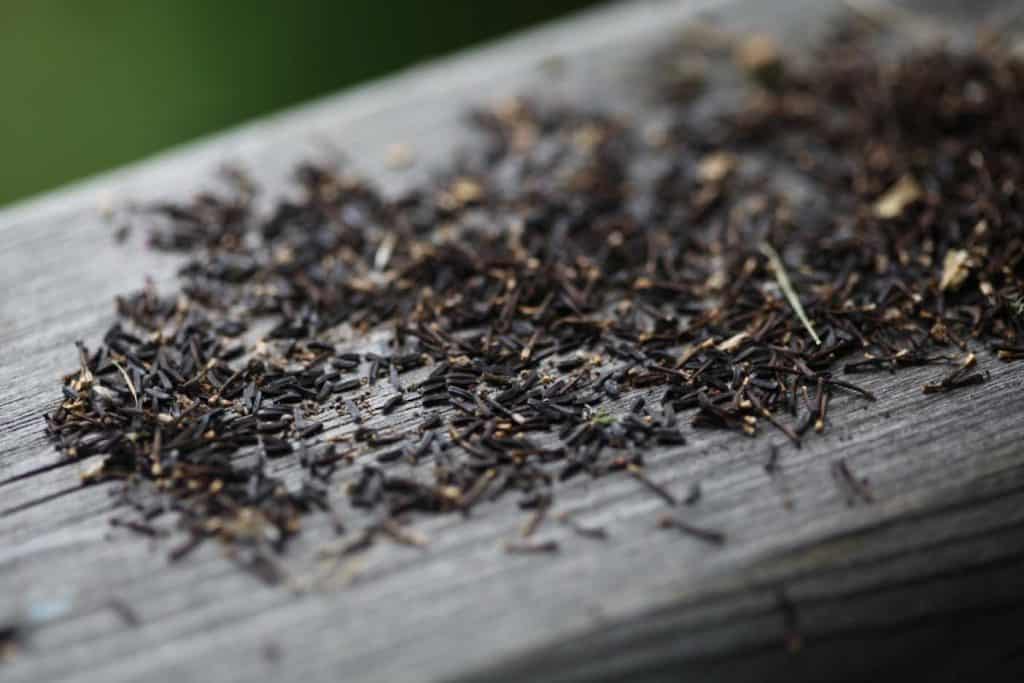
11. Lupine Seeds
Collecting lupine seeds is easy, if you catch them at the right time. If you harvest them too early they will be immature, however wait too long and they will be dispersed into the garden.
Collect them when the pods are brown to grey, and easily crack open at the seams when squeezed.
Seeds should be dark brown at maturity and will be separated inside the pod. You can hear the seeds rattling inside when you shake a mature pod.
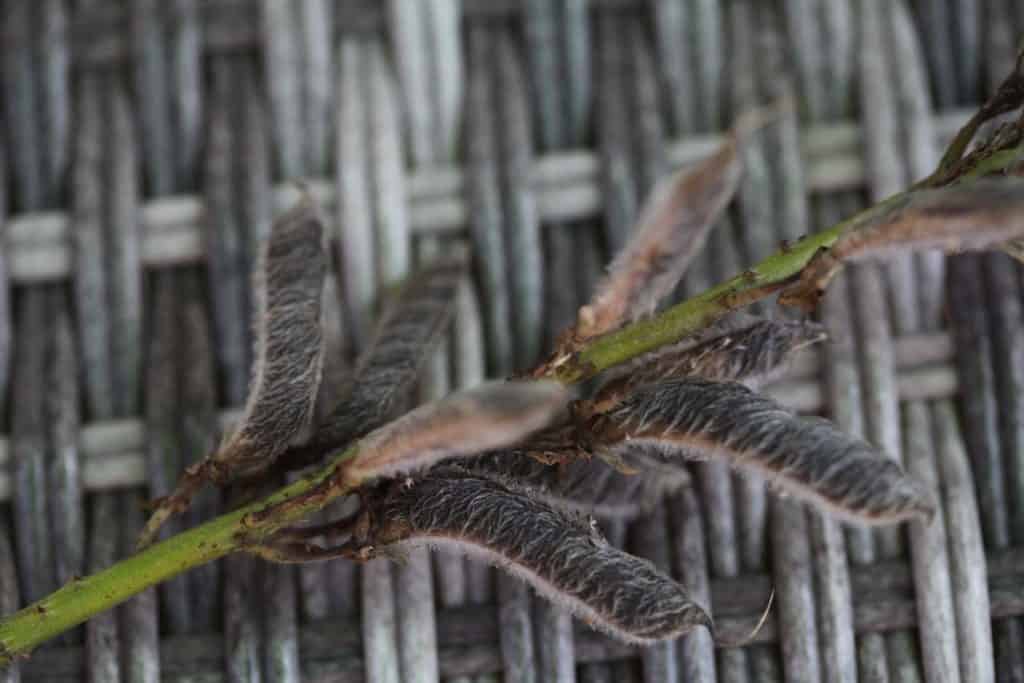
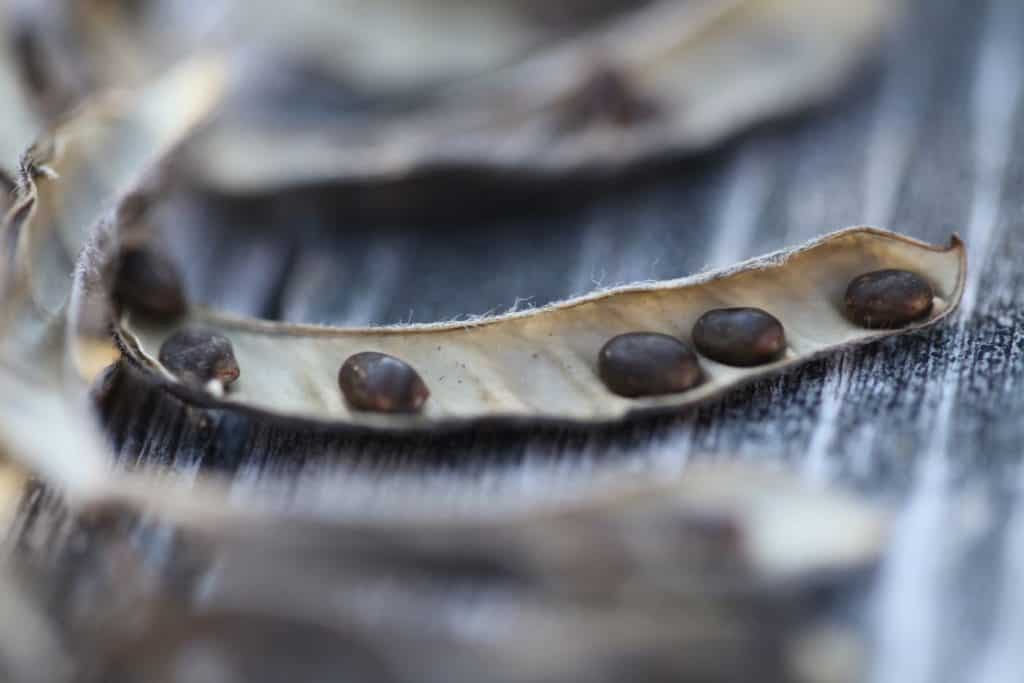
12. Daylily Seeds
Daylily seed pods are ready to harvest at about sixty days from pollination. Sometimes they will be ready before this time. A good average date to harvest is fifty-six days from dabbing pollen on the pistil, if you have hybridized the daylily yourself.
Sometime seed pods will mature as early as forty days, however often the seeds inside will be immature and not quite ready.
Seed pods on daylilies are ready to harvest when the pods pop open with a light squeeze. They will automatically open up on their own when they are fully ripe as well.
Harvest daylily pods with labels attached, and bring inside to process. Make sure the pods are left open to dry and that there is good air circulation, as they can mould if covered.
Mature and healthy daylily seeds should be firm, black and shiny.
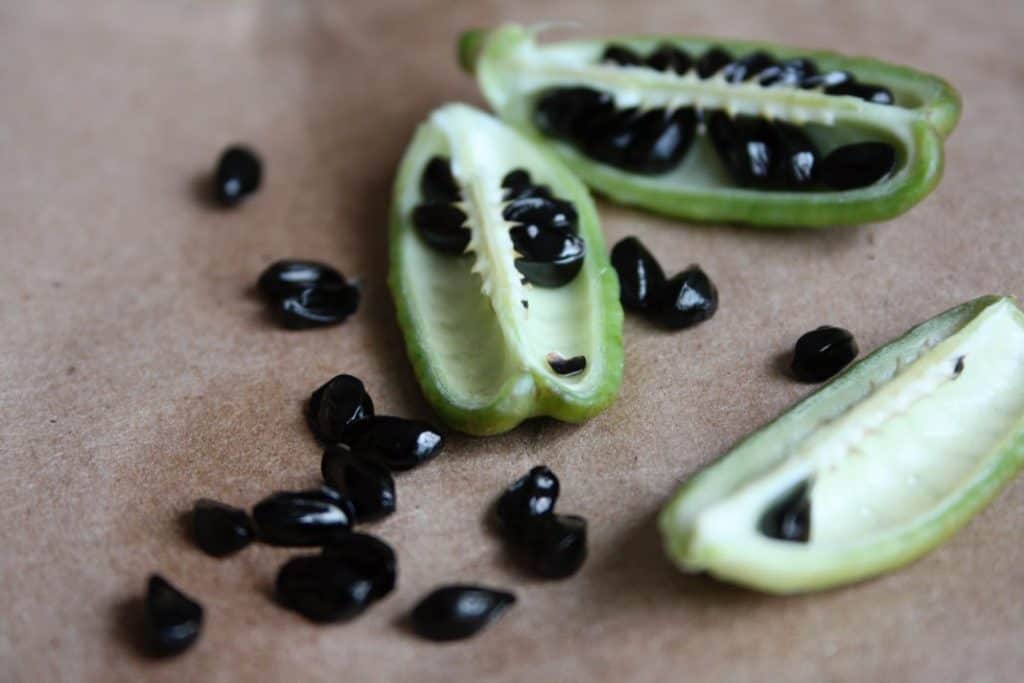
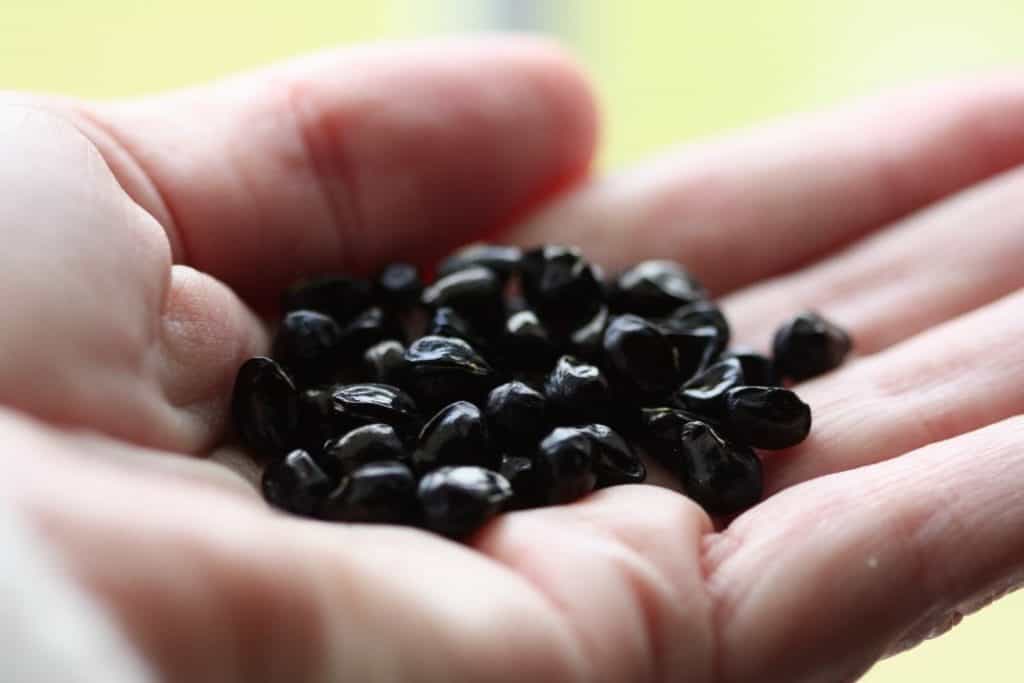
13. Bachelor Button Seeds
The flowers on Bachelor Button's stems bloom at different times.
Bachelor buttons seem to bloom forever, and the first spent blooms will have produced mature seeds while there are new blooming flowers on the plant.
Harvest the Bachelor Button seeds by cutting the stems with the blooms in various stages, or alternatively you can just harvest the mature seed heads.
When they are mature, the Bachelor button seeds fall easily off the seed heads. The seeds themselves remind me of tiny paintbrushes, especially when you look at them up close.
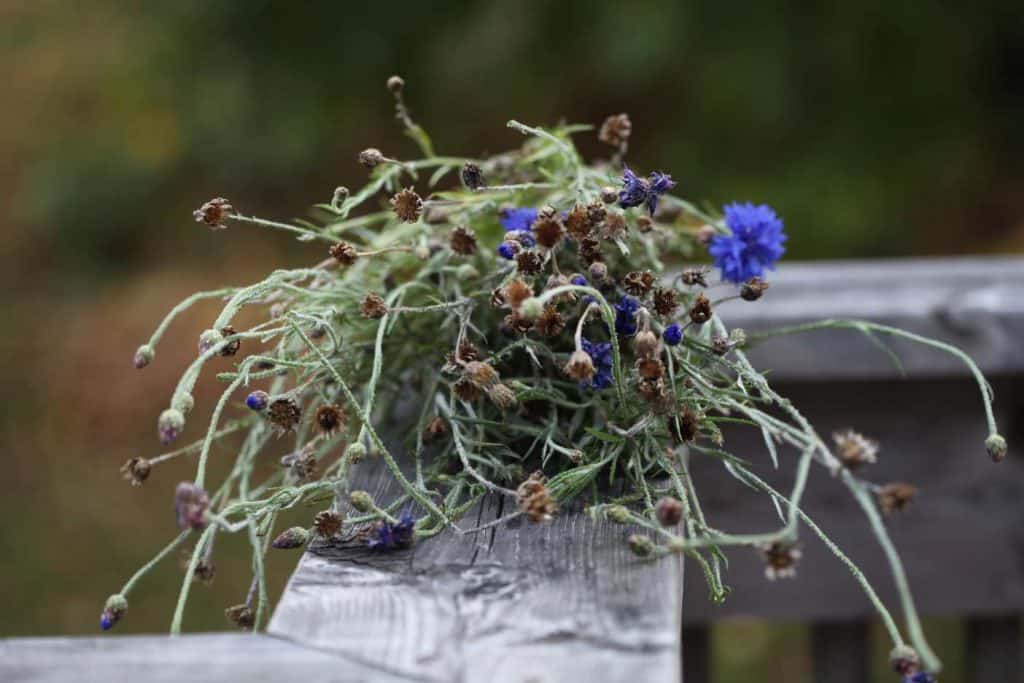
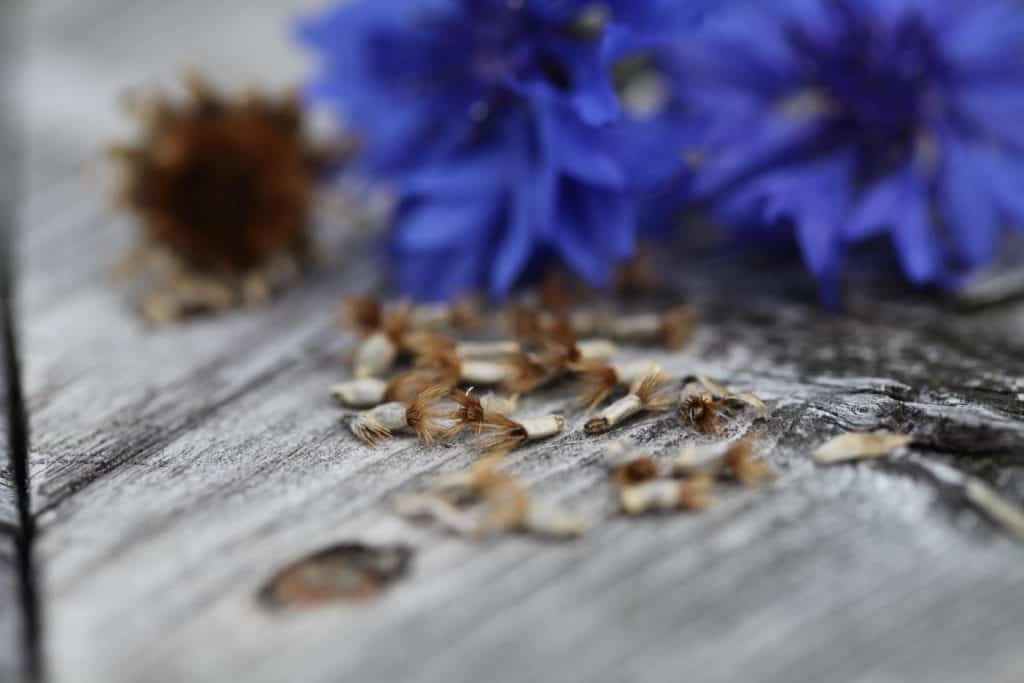
14. Sea Holly Seeds
The seeds of Sea Holly, or Eryngium are easy to harvest.
Wait for the seed heads to dry on the plants, then collect them. The seeds will easily fall away from the seed head when fully mature.
The seeds have an interesting appearance. They are grey with tiny spikes, and remind me somehow of tiny bear claws.
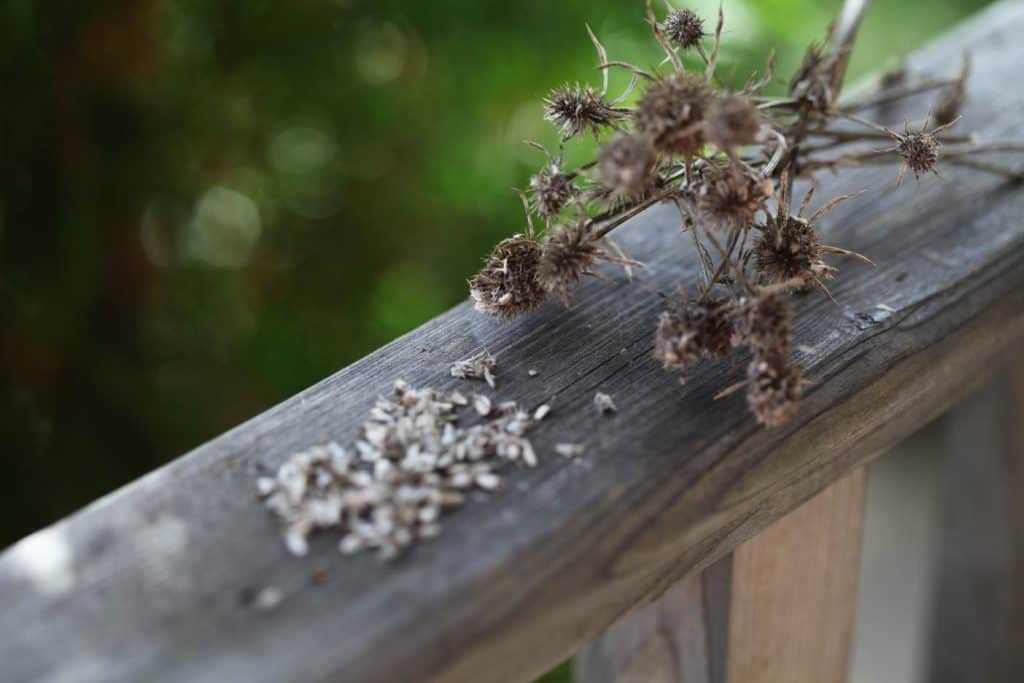
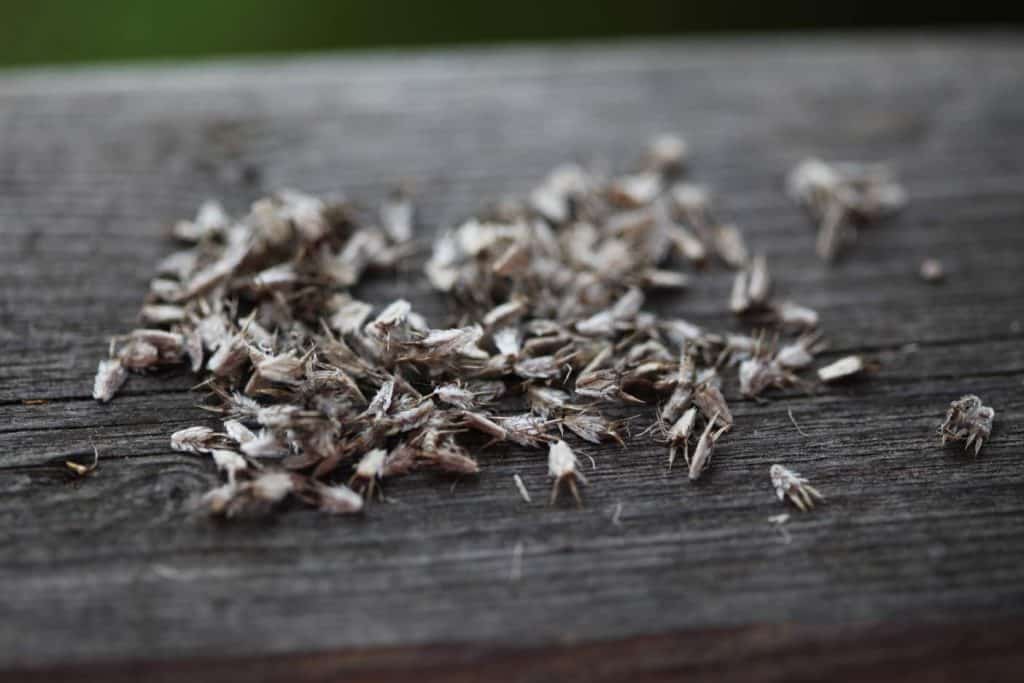
15. Rose Seeds
Rosehips are fleshy fruits of the rose, and contain the rose seeds.
Harvesting rose seeds is very easy. Allow the rosehips to mature on the bush, and harvest when they turn colour and ripen.
Rose seeds have a hard outer surface. Growing roses from seed is moderately easy, as the seeds take some time to germinate and require proper stratification techniques for successful germination.
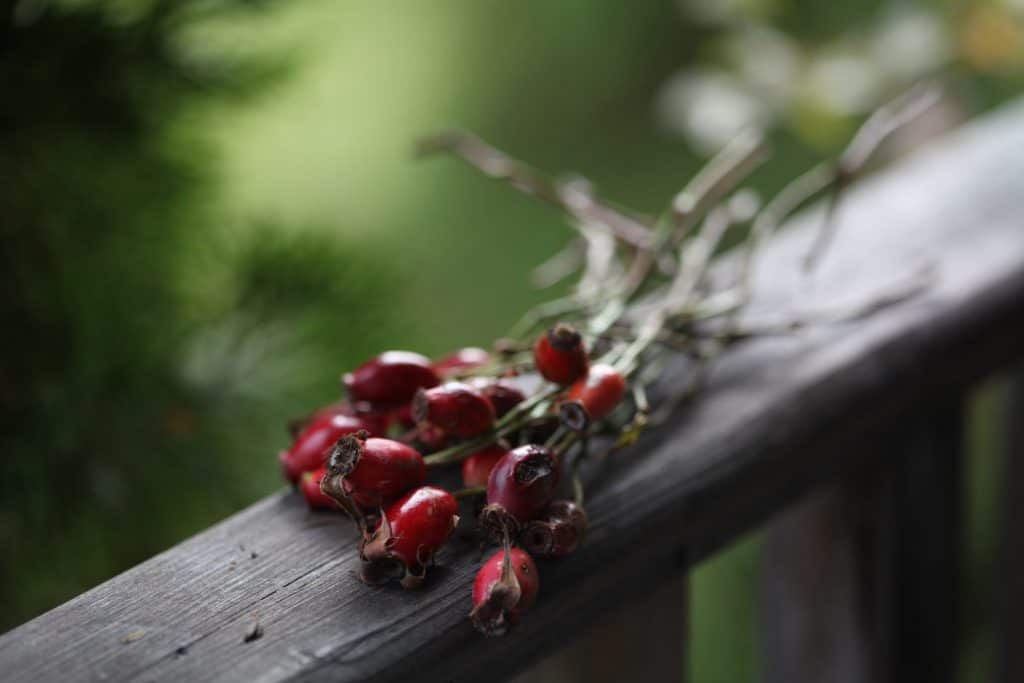
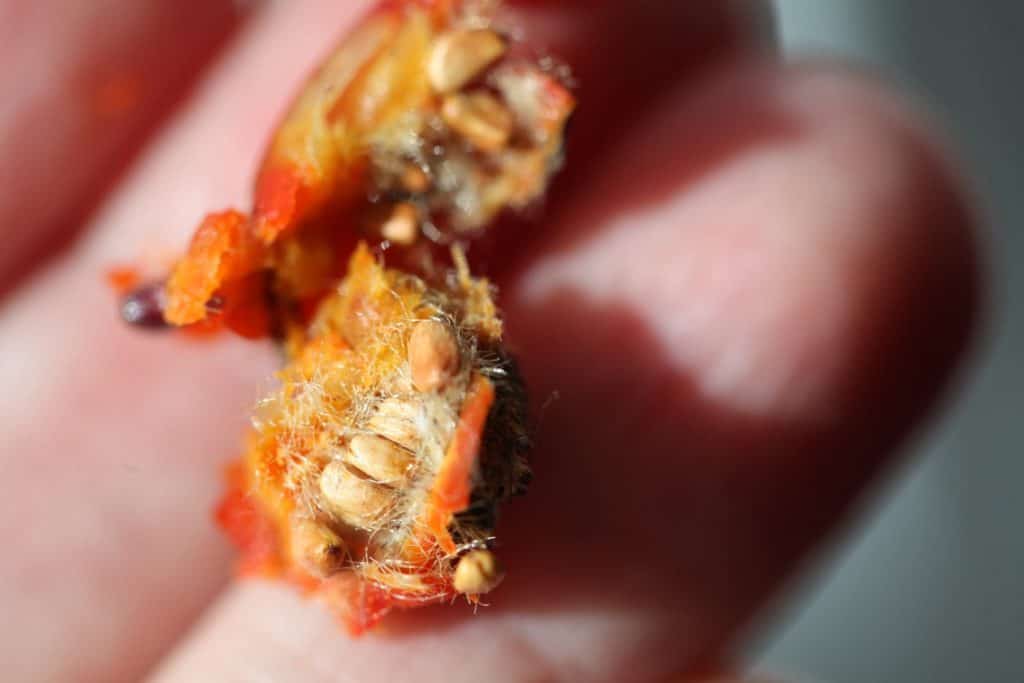
Conclusion
Good luck with your seed saving endeavours.
It's the perfect time of year to gather enough seeds to plant in our flower gardens for next year. Saving seeds is the easiest way to create a beautiful garden, and is a good choice for even a beginner gardener.
Harvesting seeds from your garden can be a wonderful and rewarding experience.
Collecting your own seeds allows you to try your hand at growing new hybrids and flowering plants that have been adapted to your garden.
The savings is a bonus, as the expense of buying new seeds every year can add up pretty quickly.
Most importantly for me, it allows me to be in the garden, and see the beginnings of new plants at the very end of the season. It offers hope for seasons to come, and teaches me to slow down and sort the seed from the chaff.
When I package the seeds up, and store them safely away until spring, it gives me a sense of satisfaction that the garden will be seeing beautiful blooms again next season.
Do you plan to harvest flower seeds from your garden this season? If so, which types are your favourites to collect?
Be sure to leave a comment below to share your experience!
OTHER POSTS YOU MAY LIKE:
See the Web Story on Harvesting Flower Seeds From The Garden!
PIN IT FOR LATER!
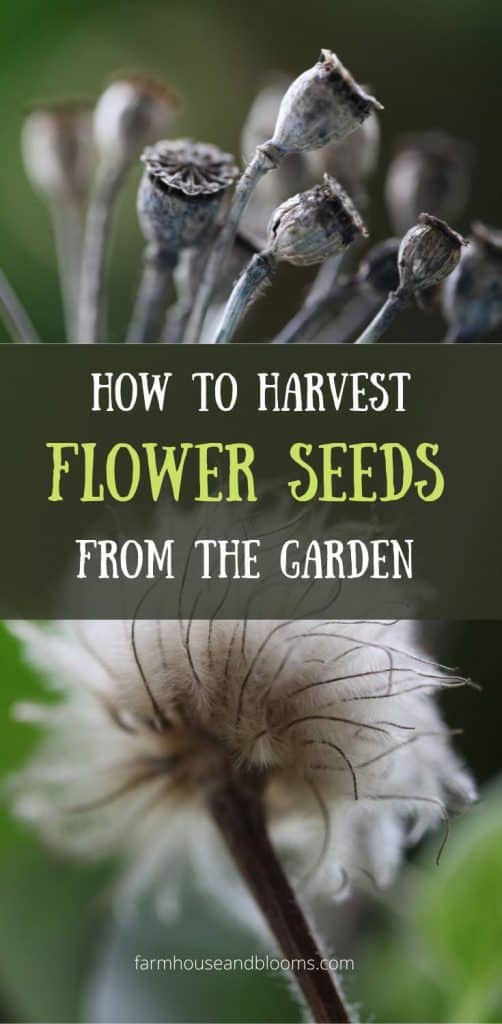
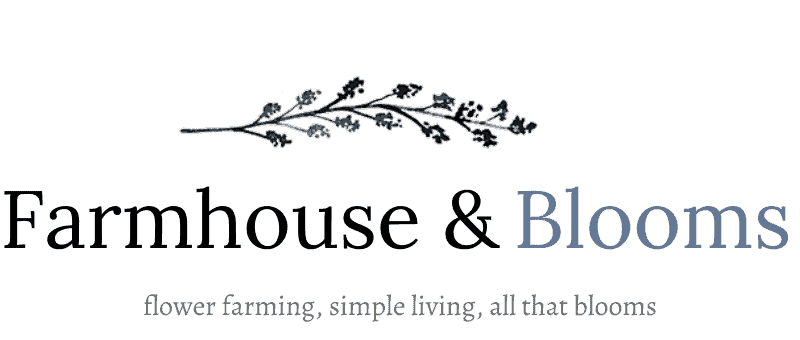

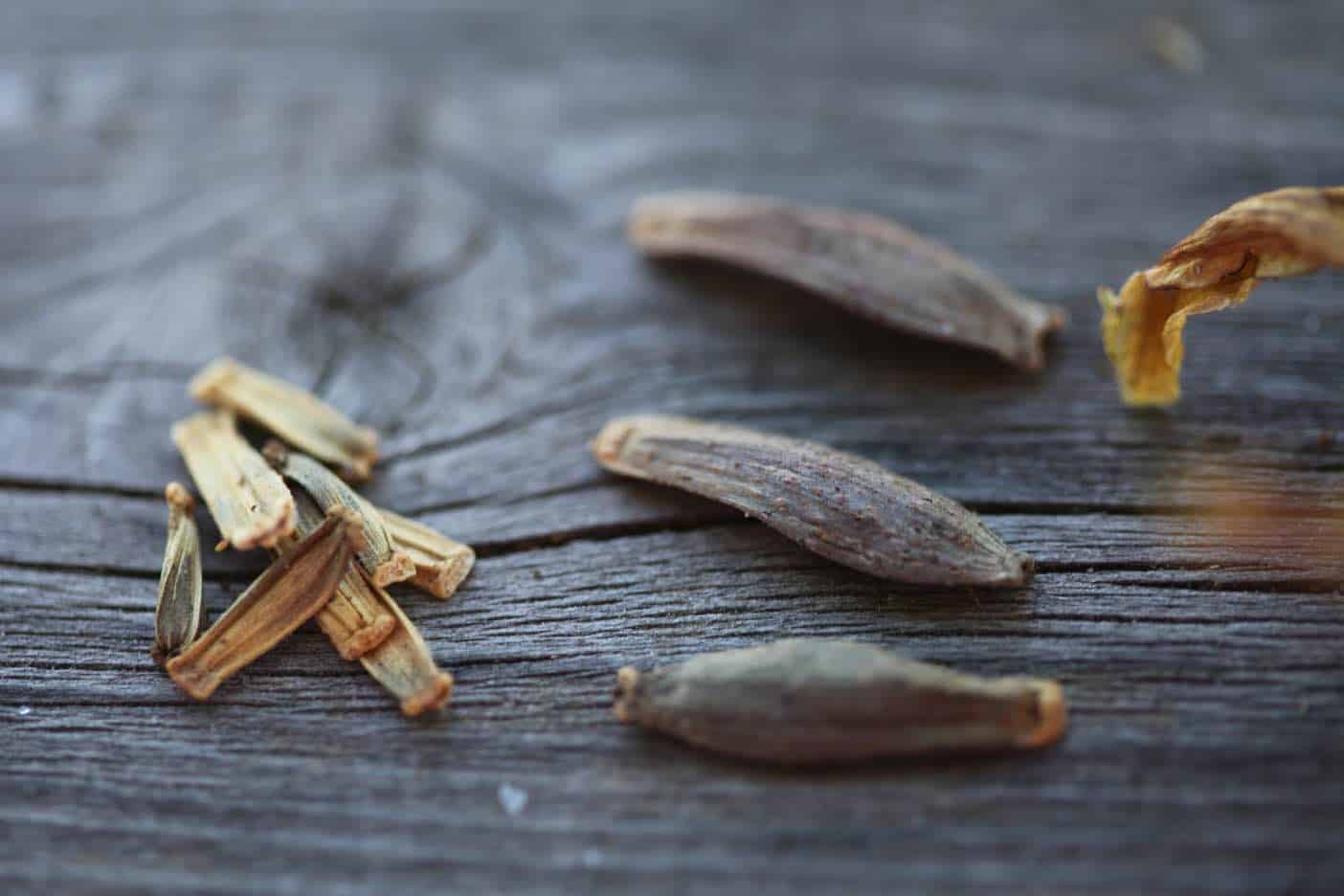
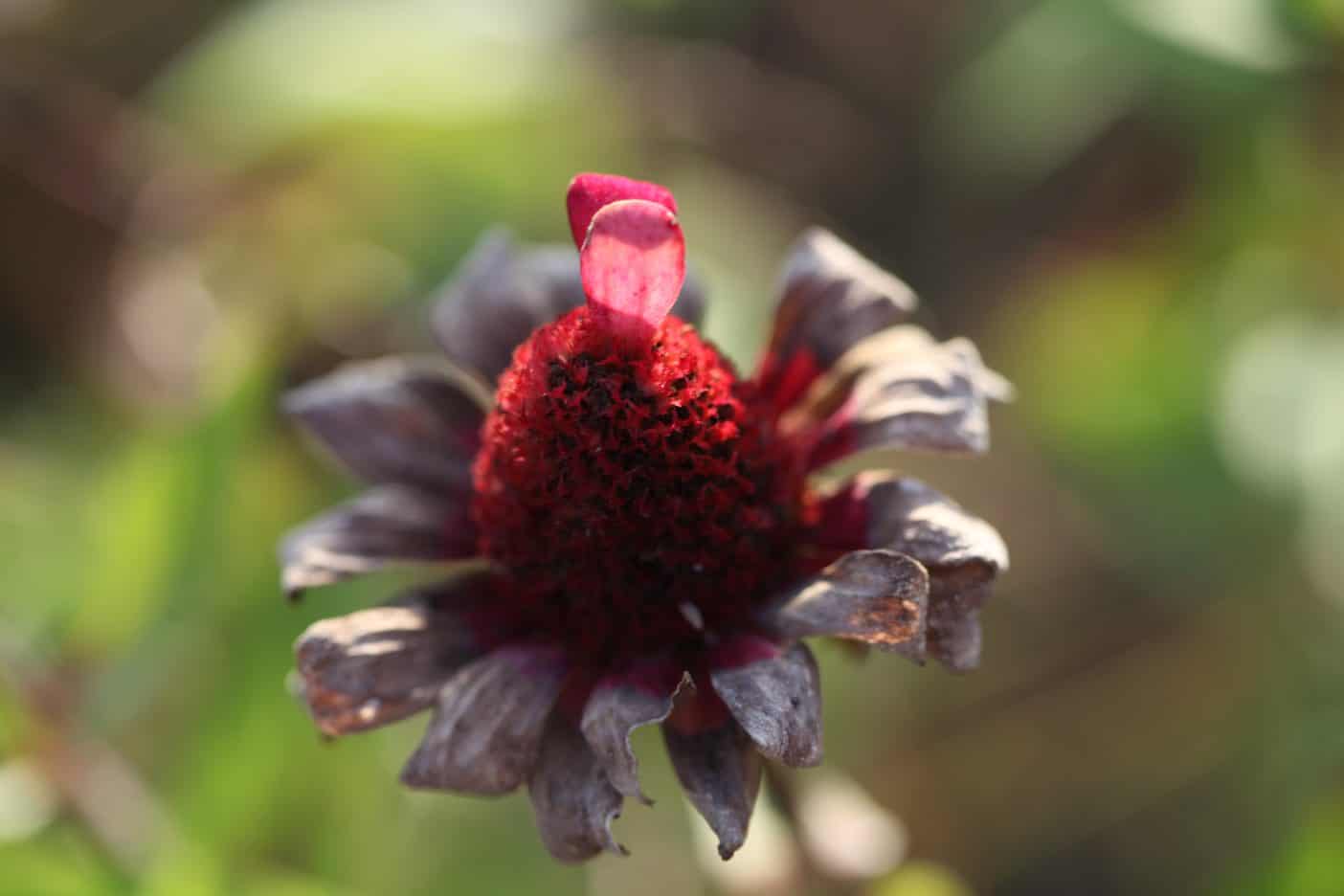
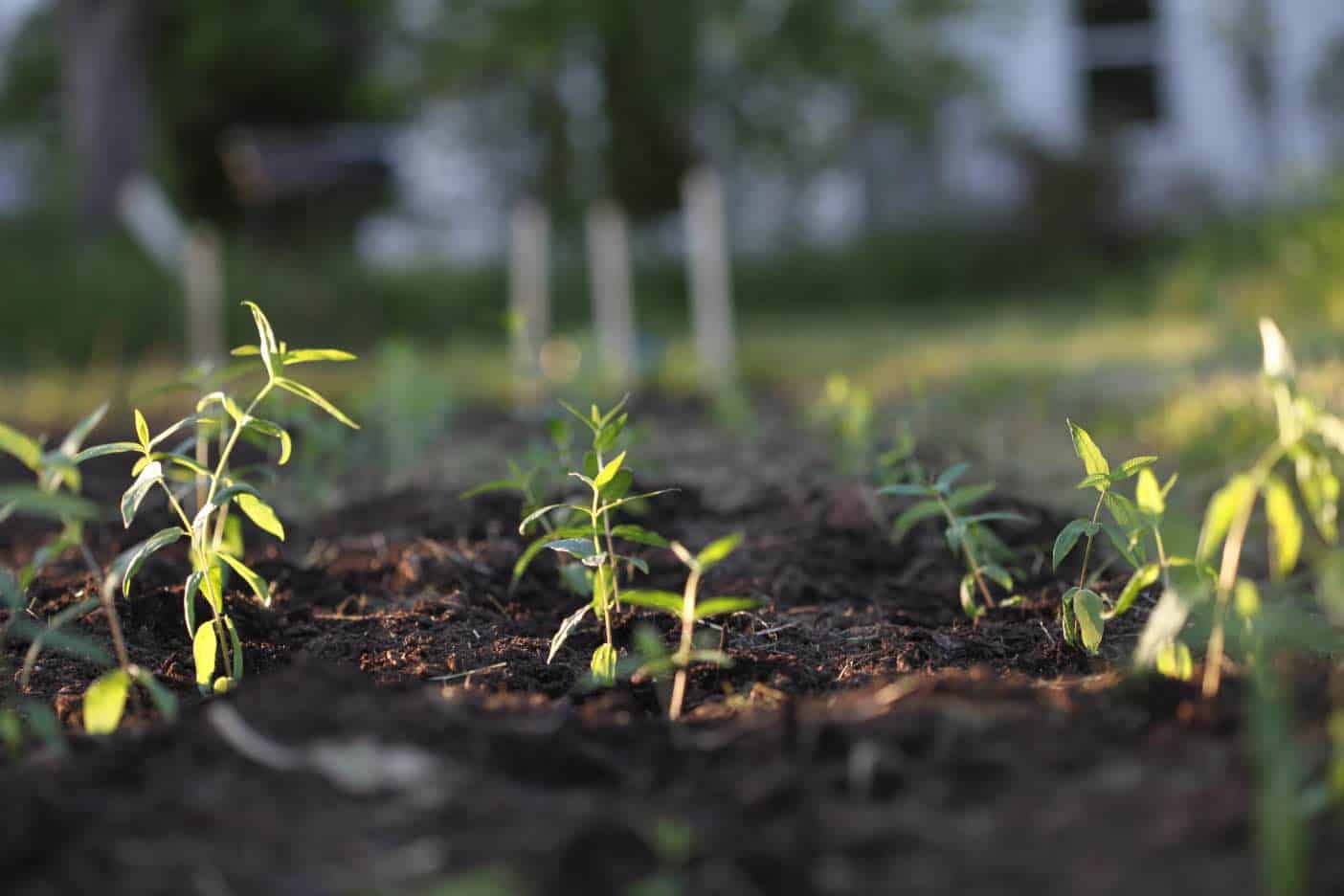
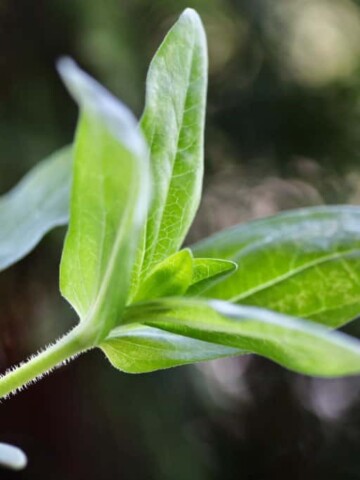
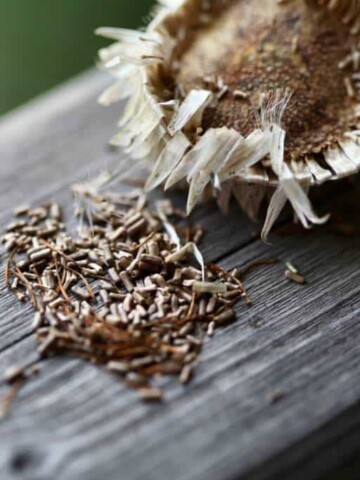
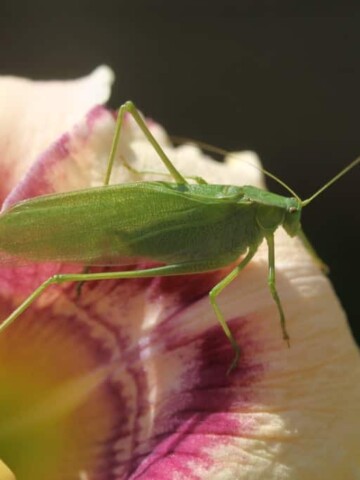
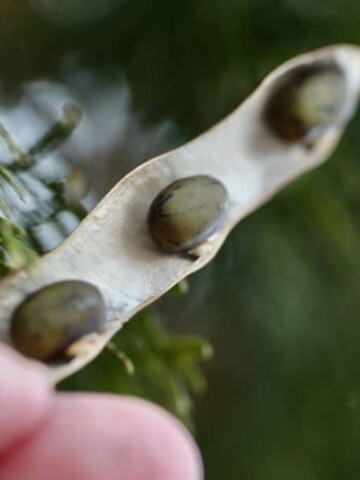
Leave a Reply